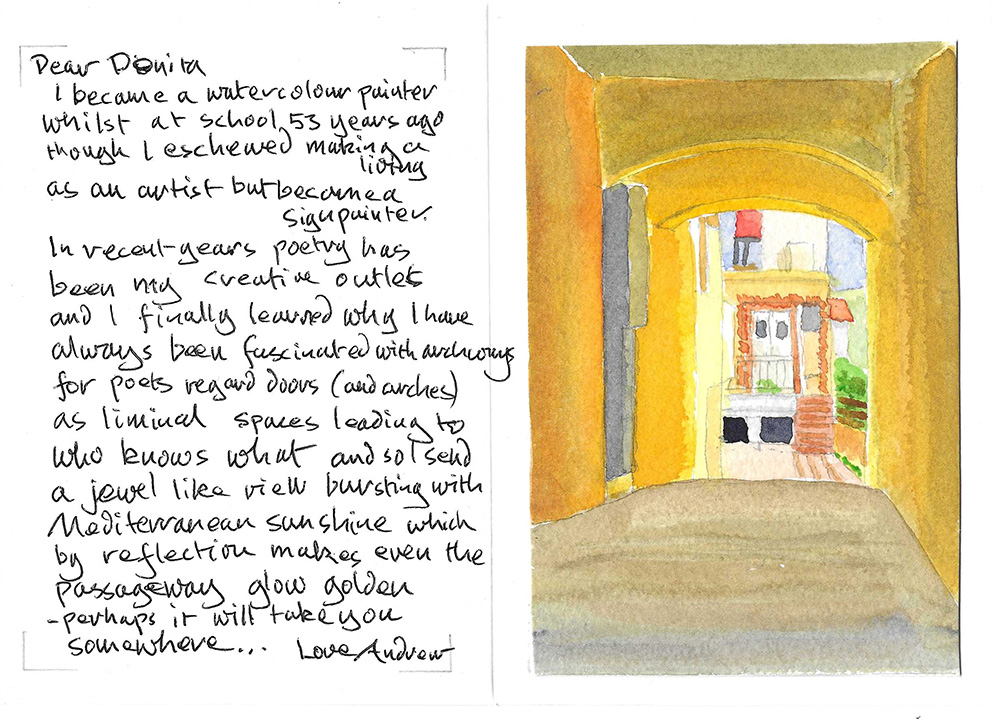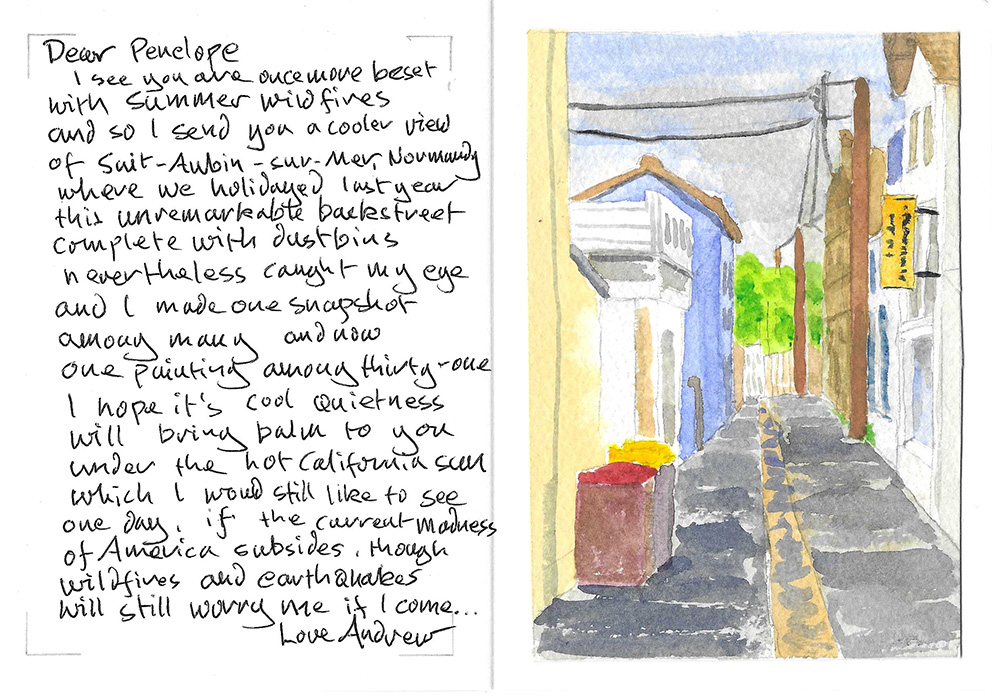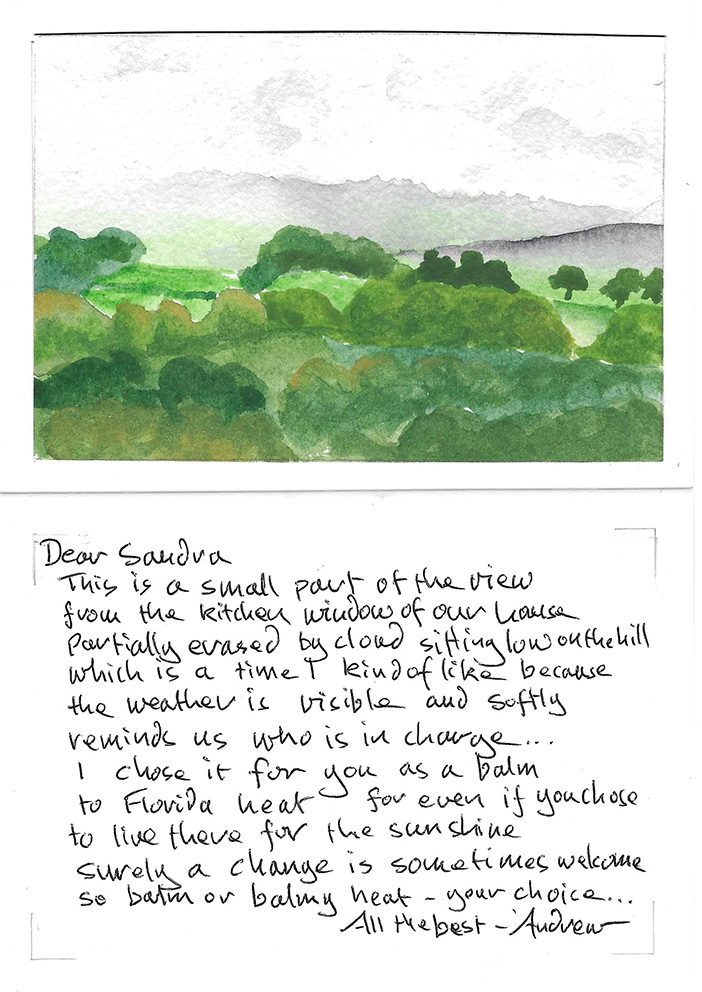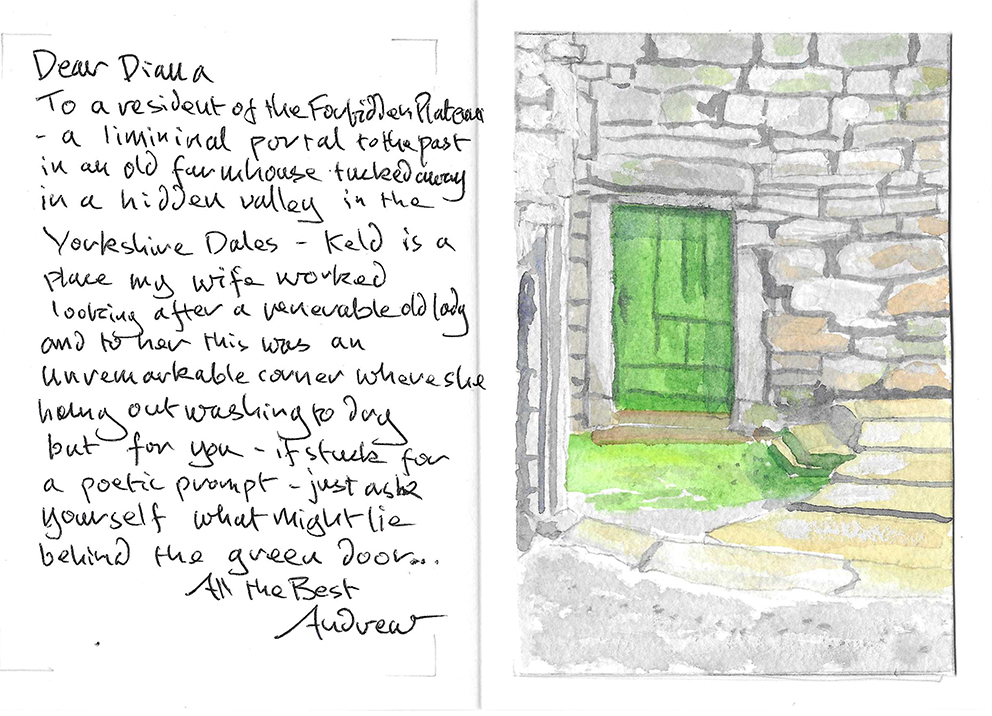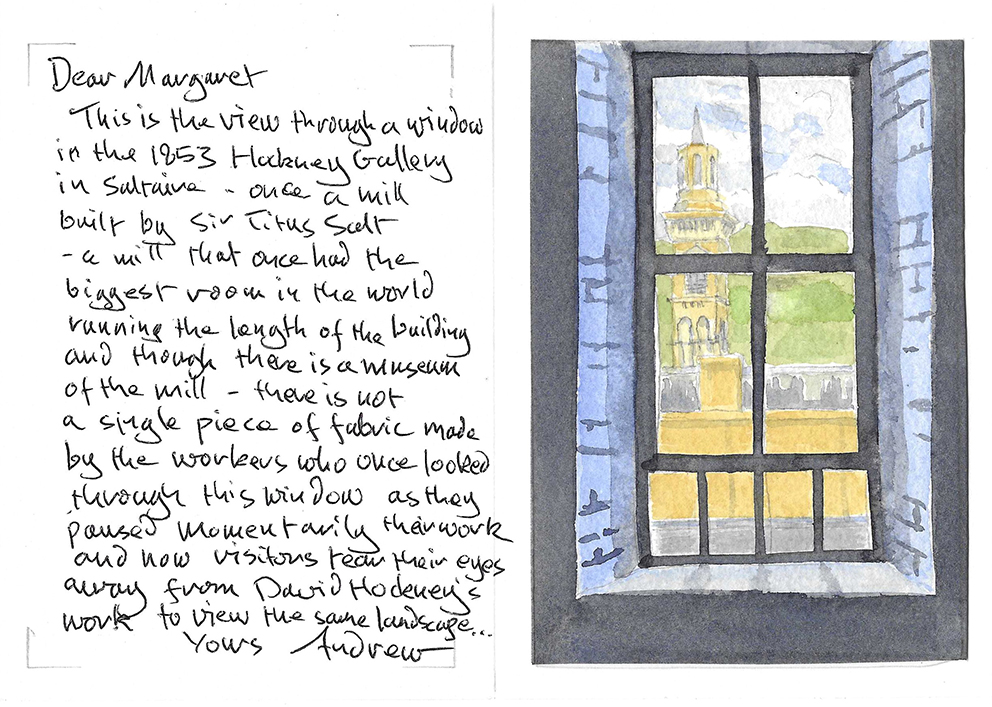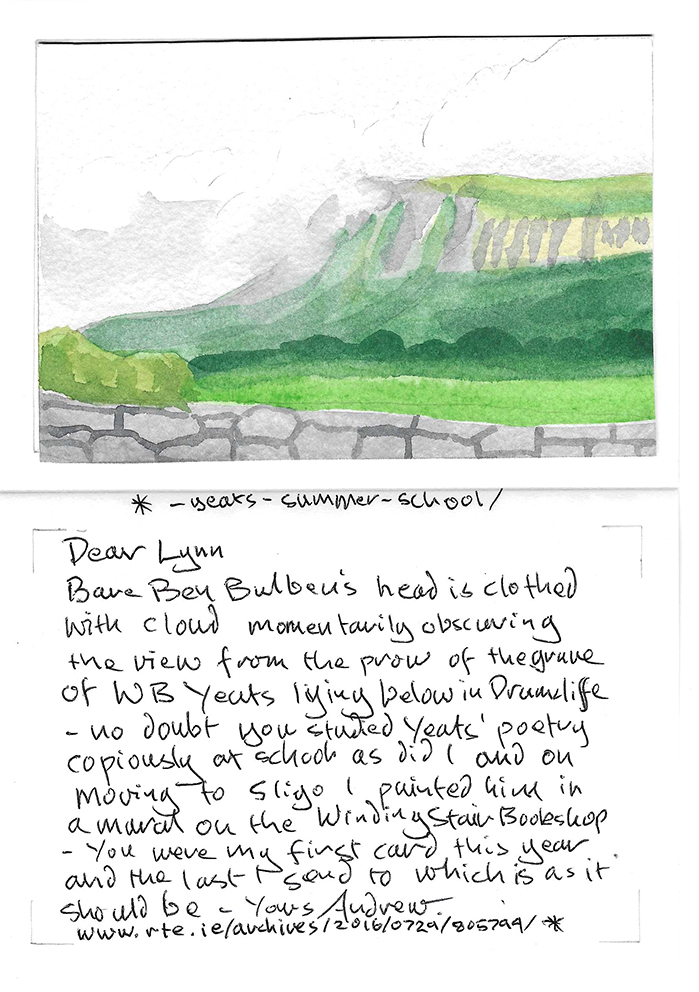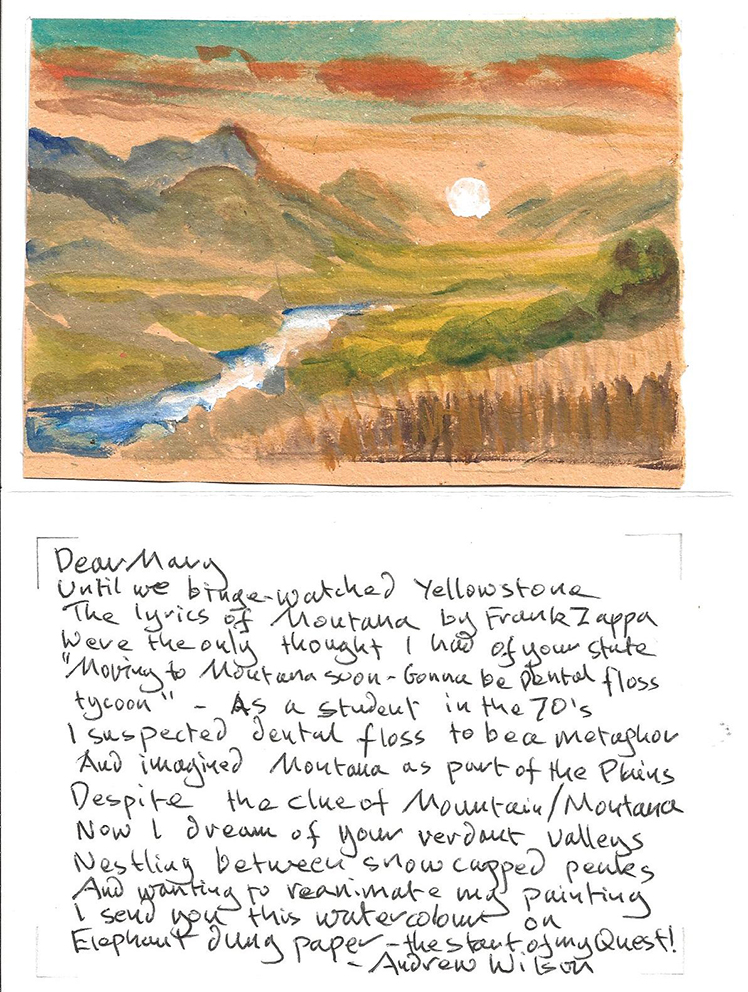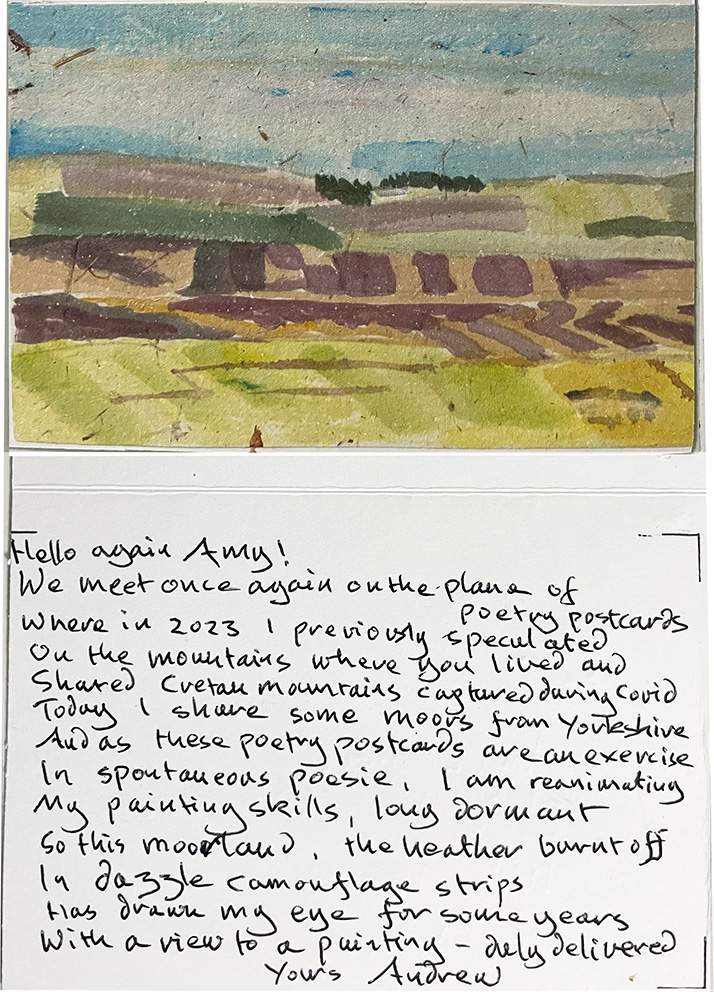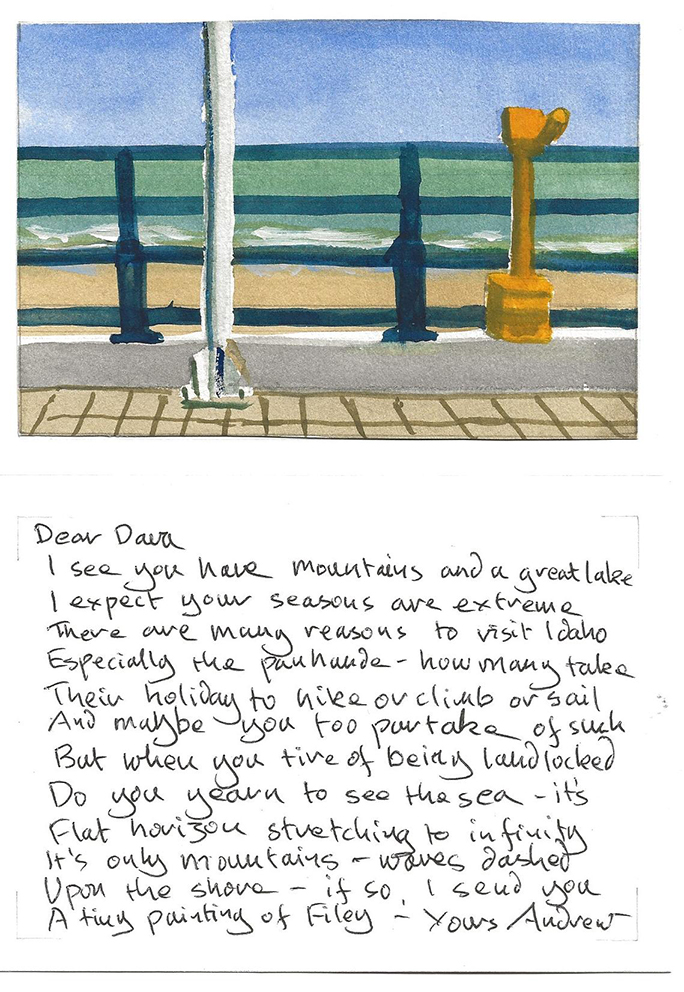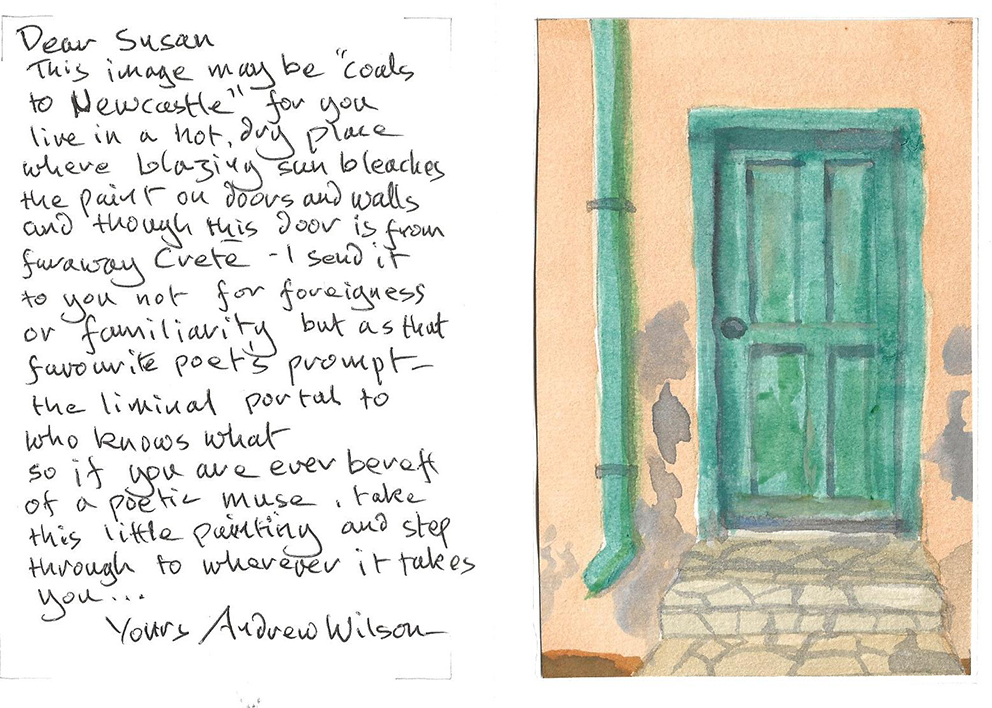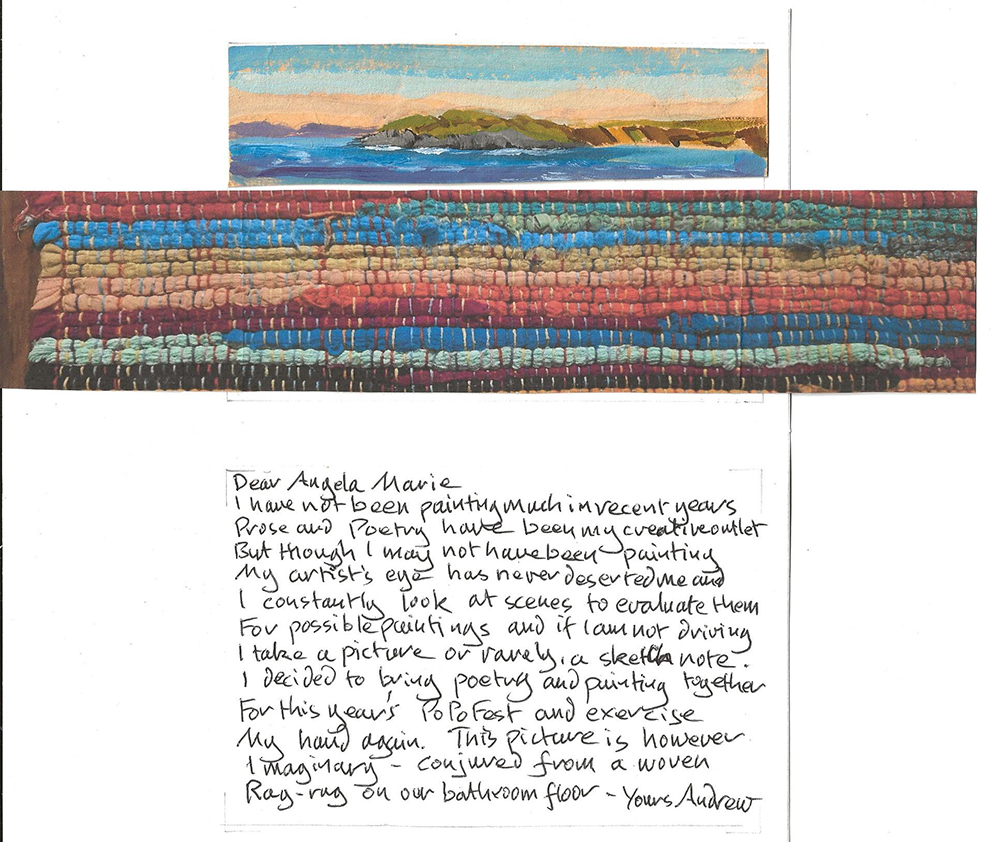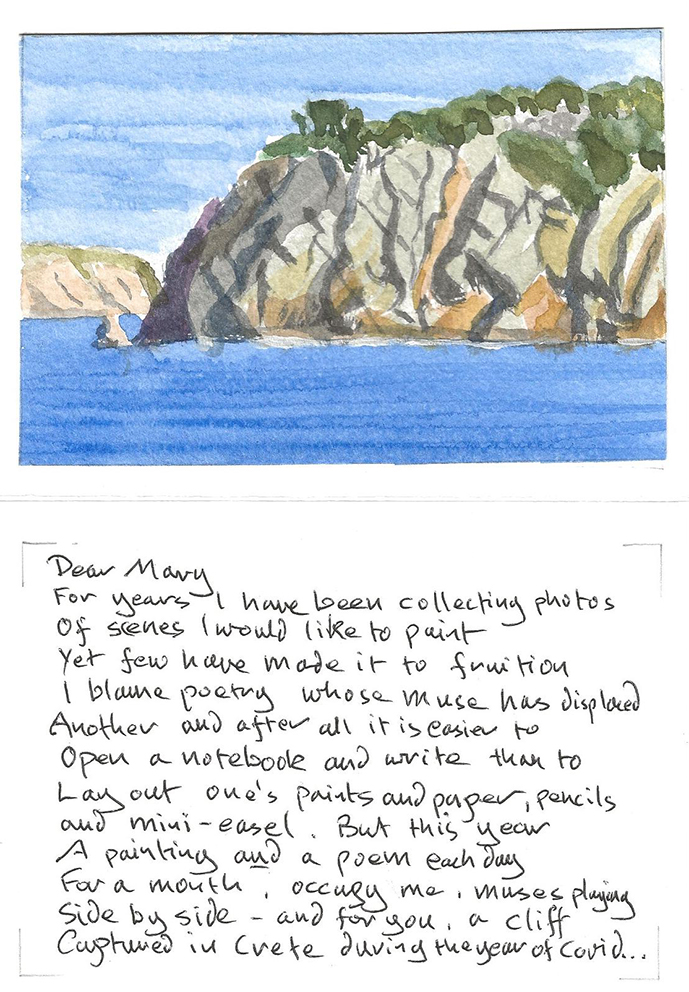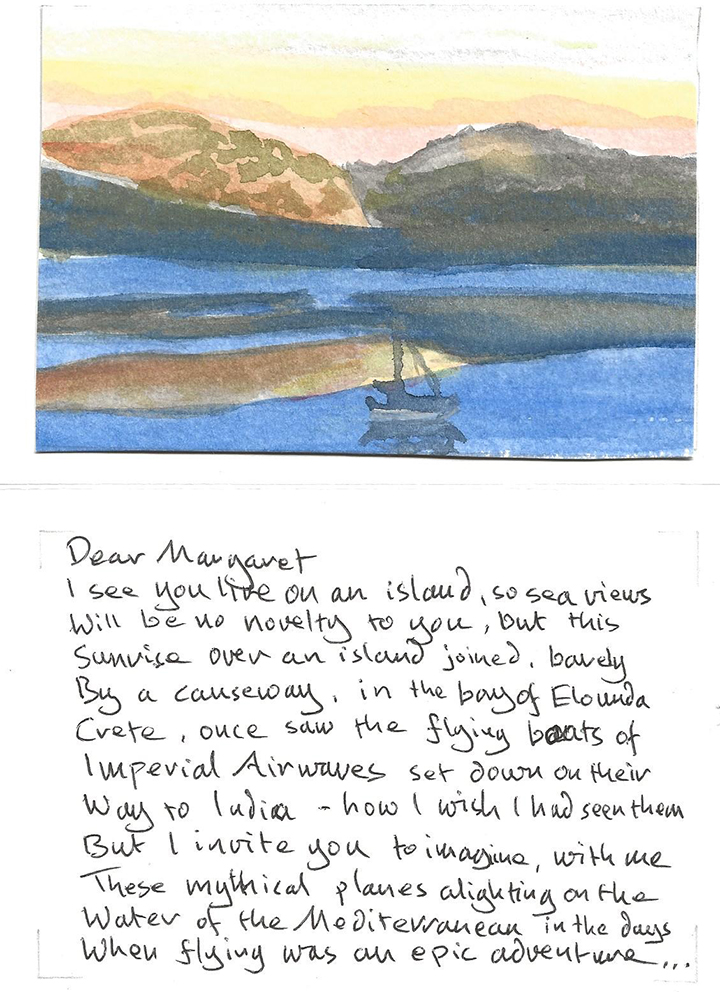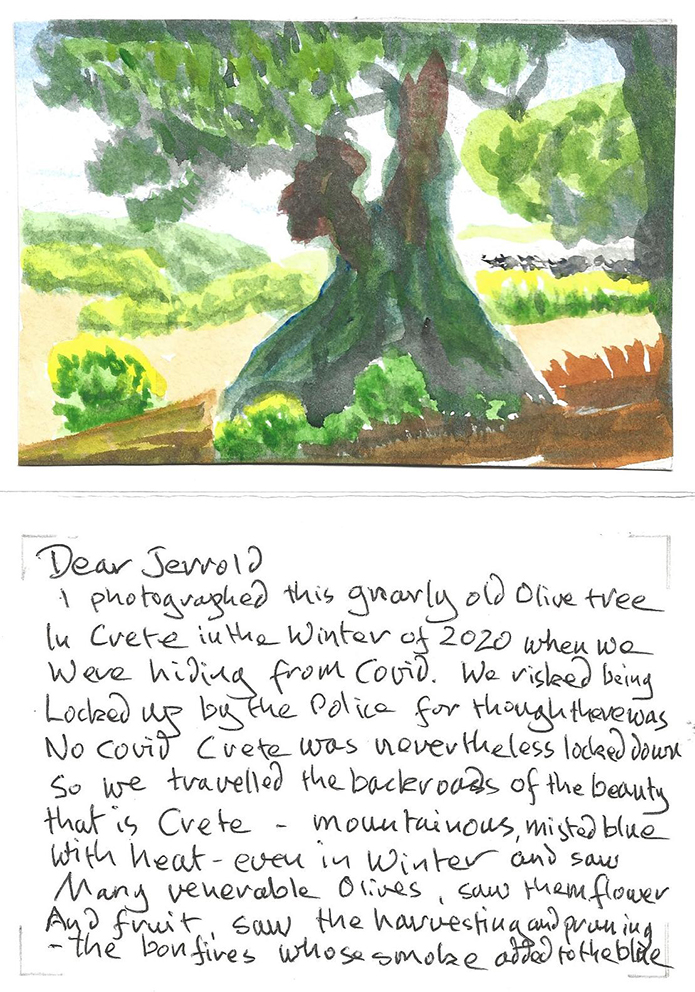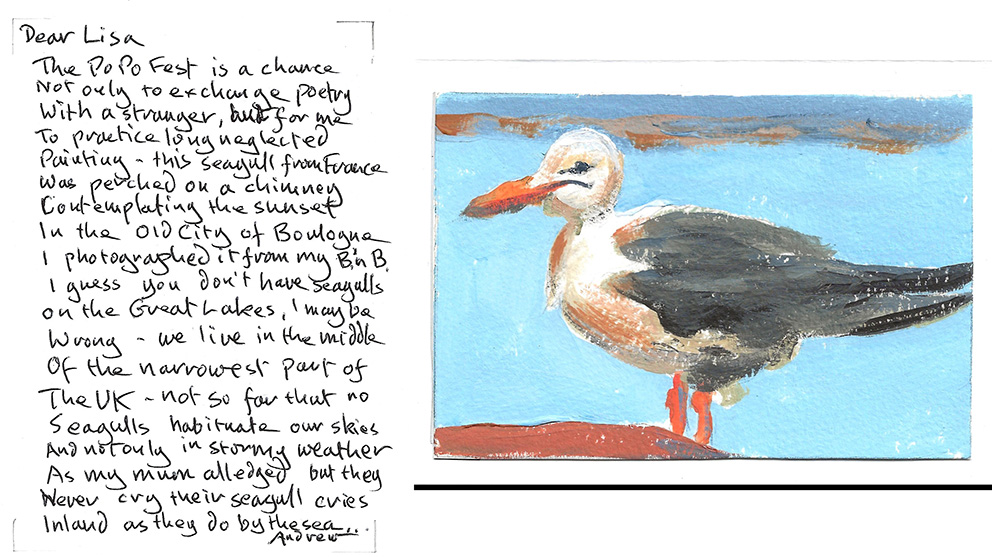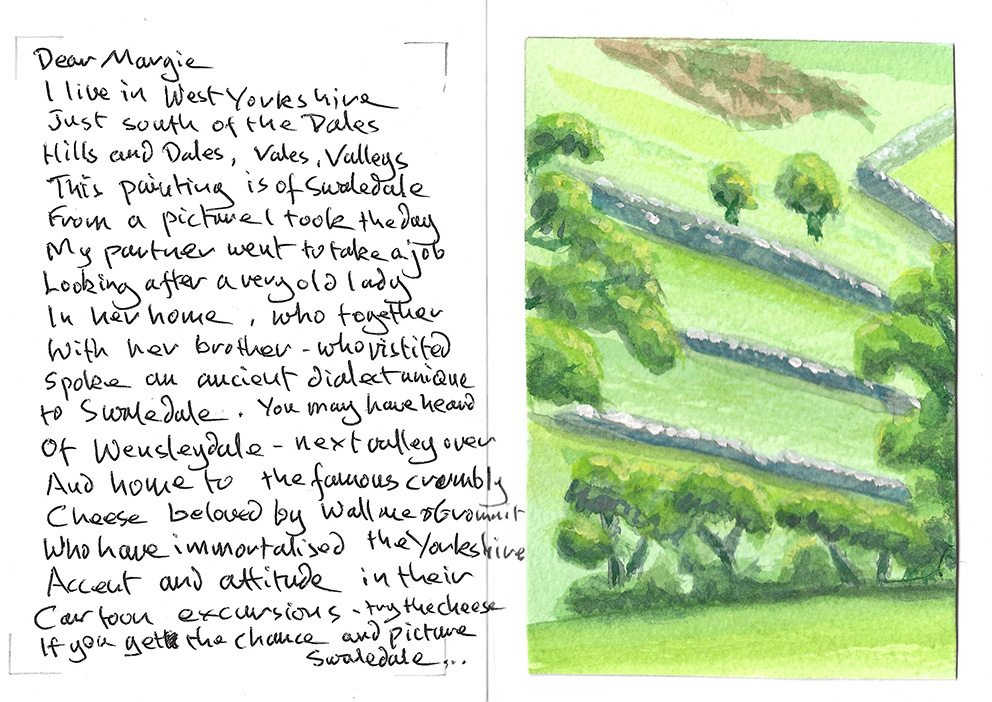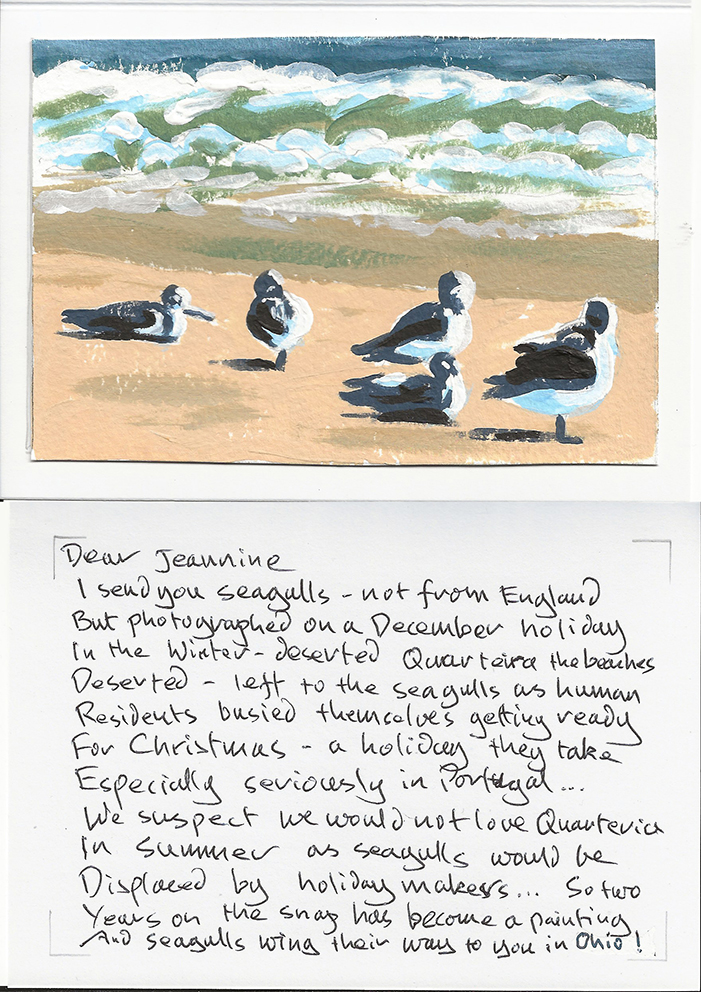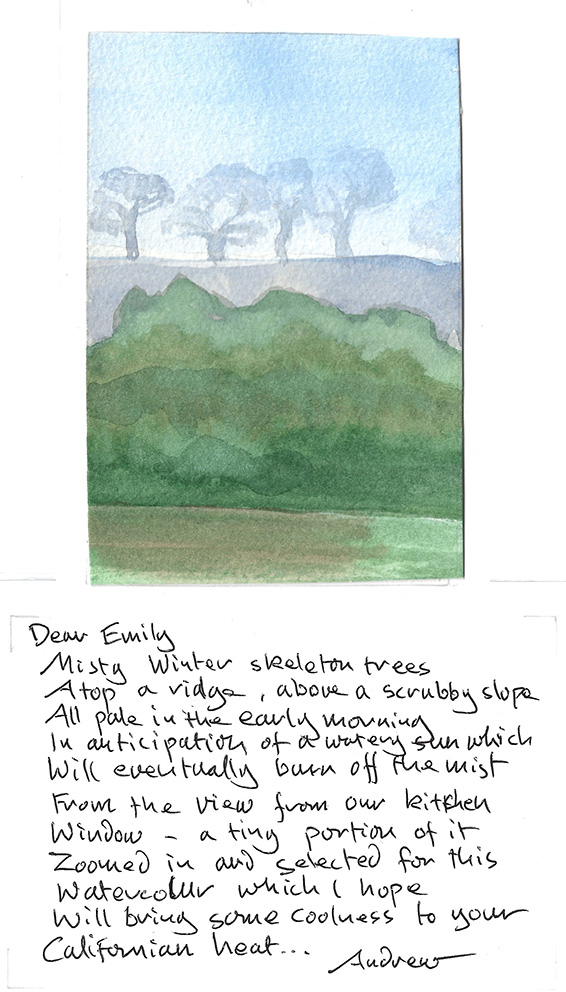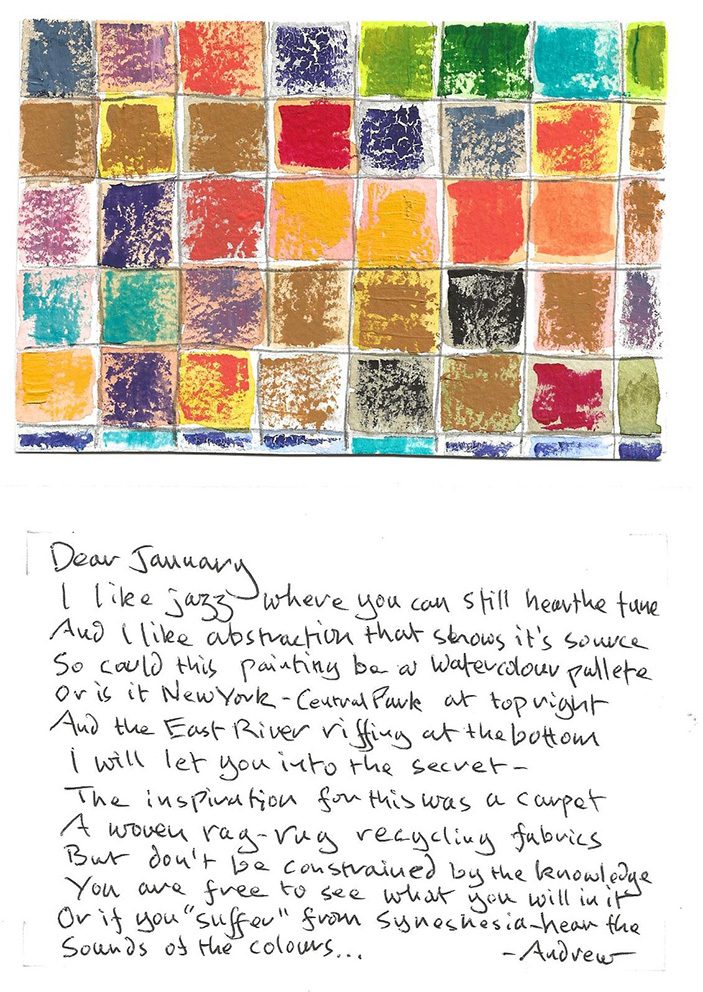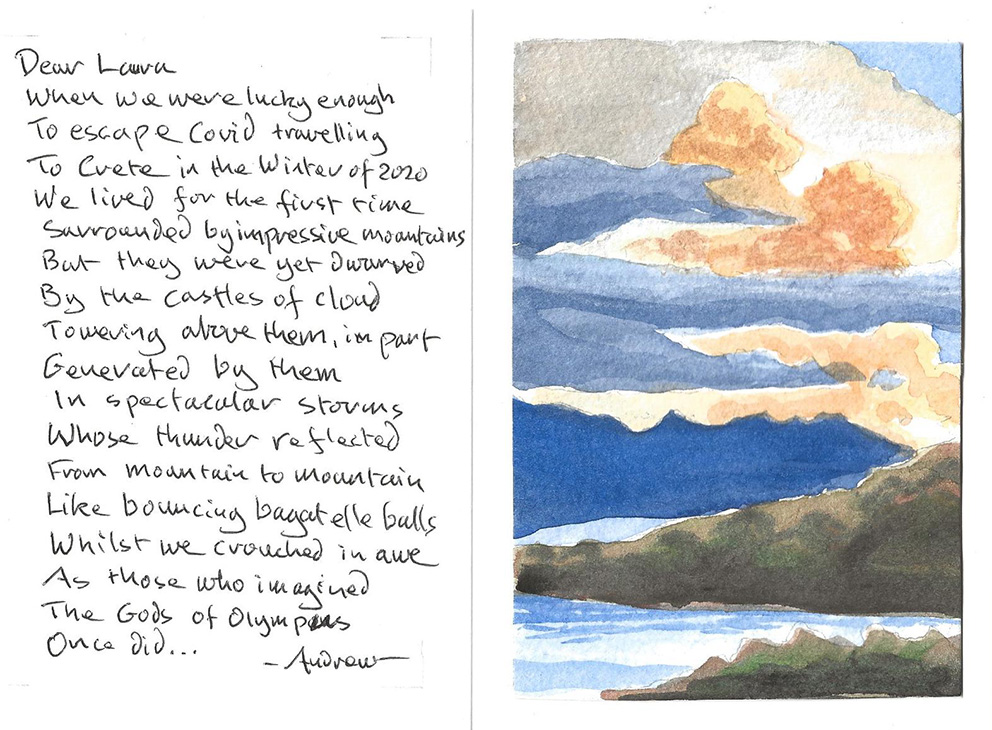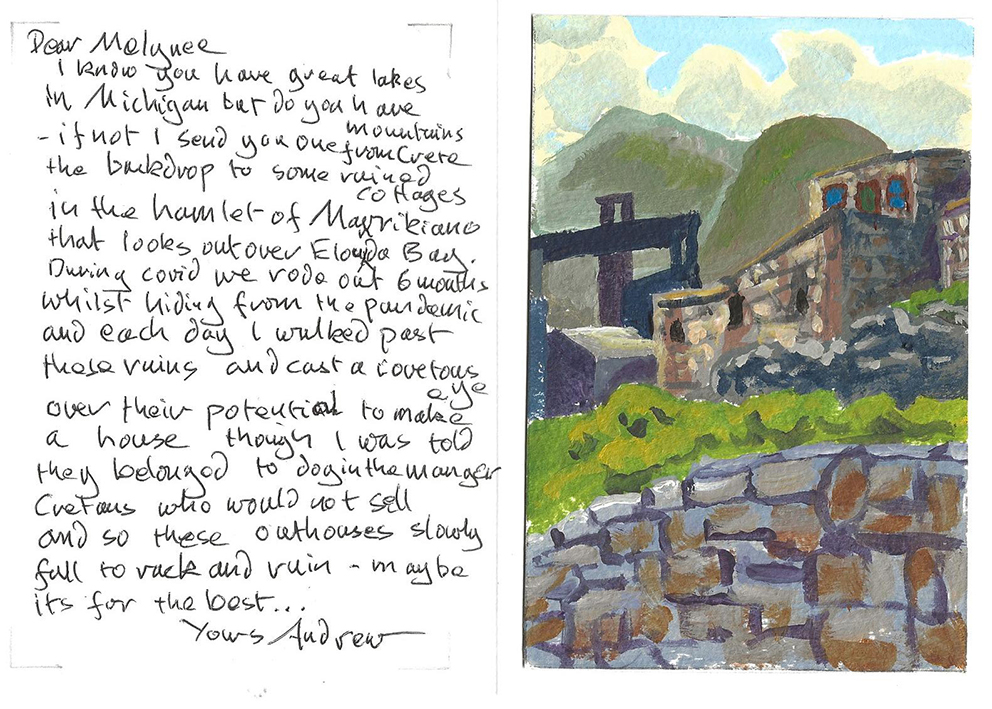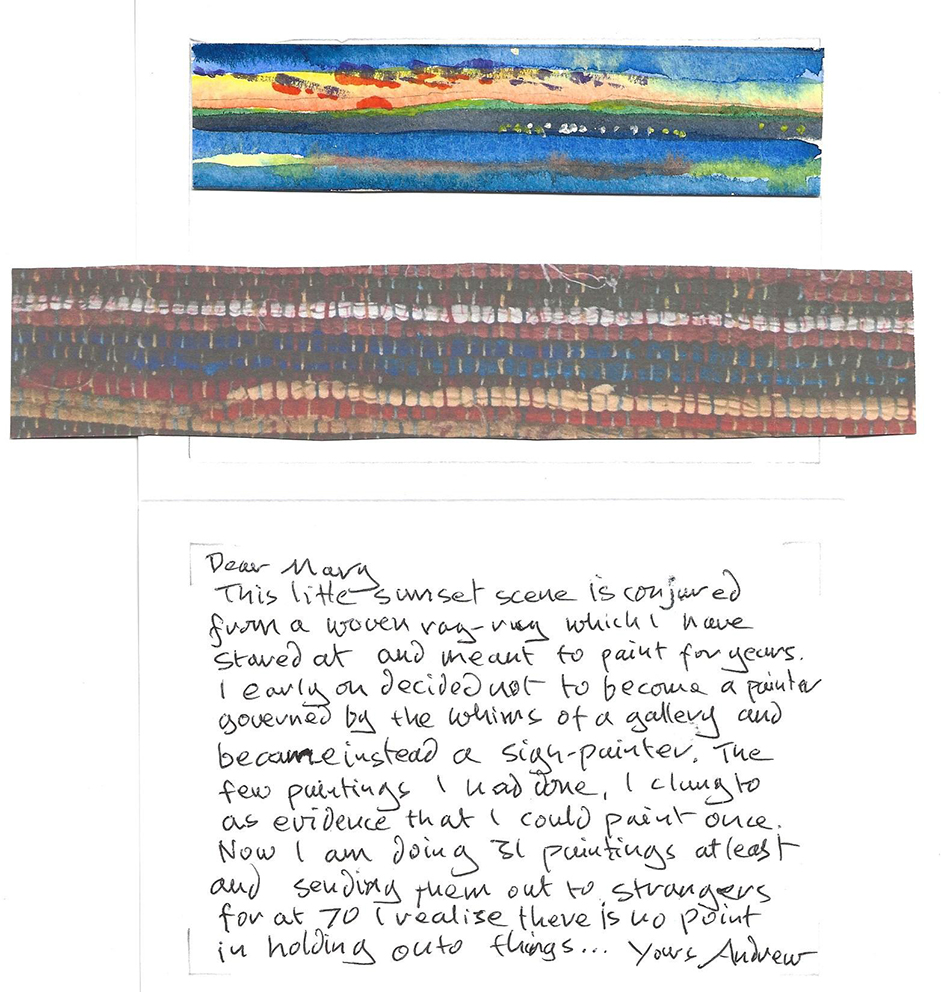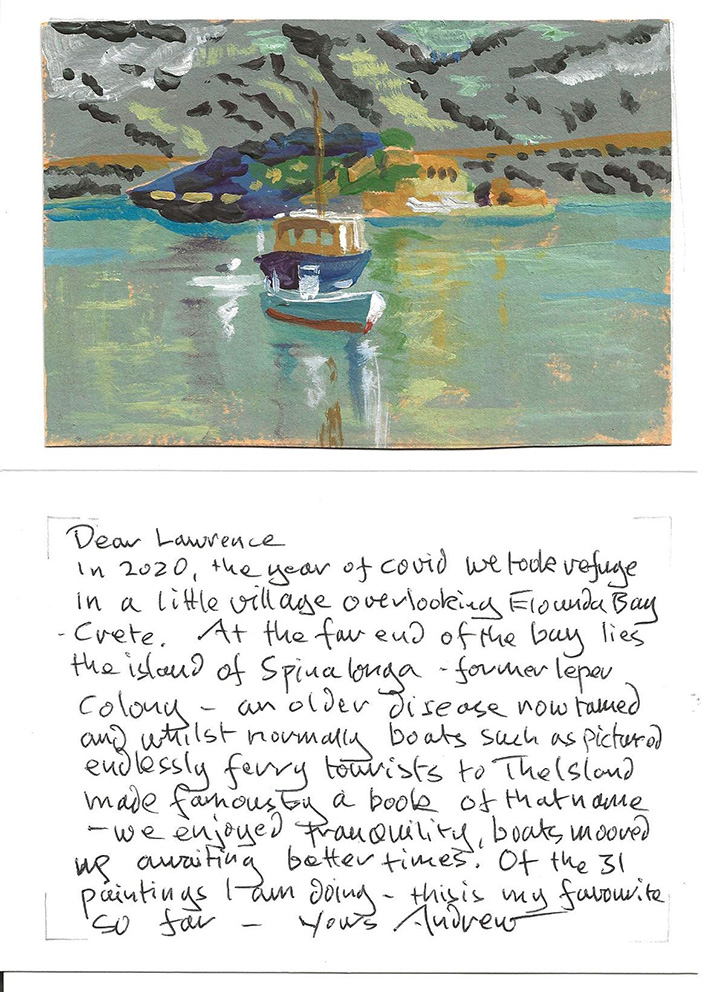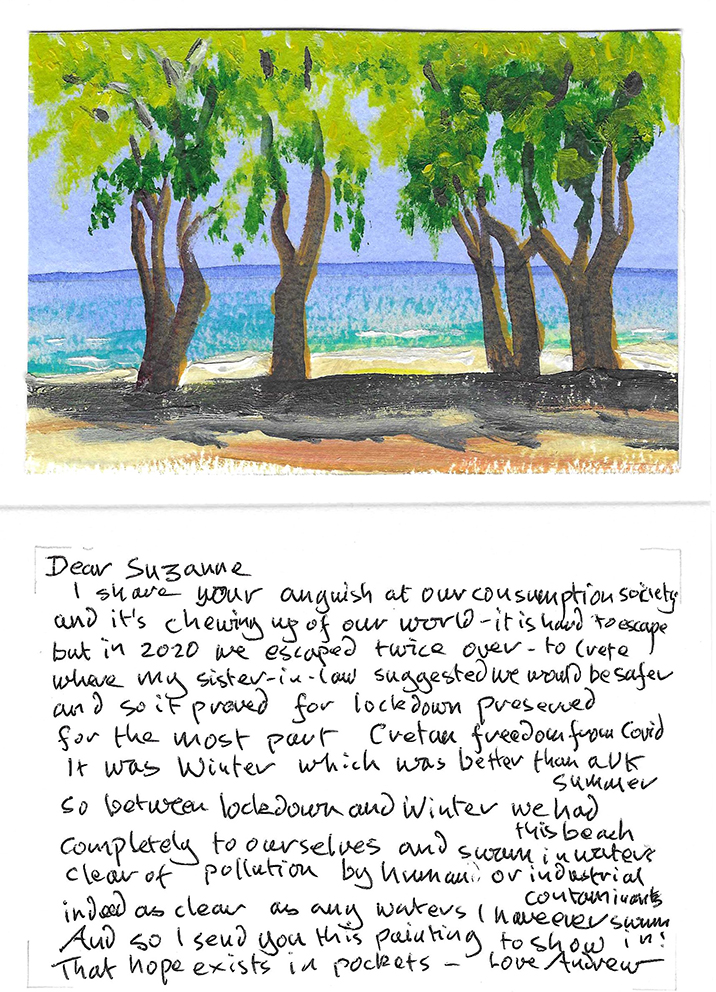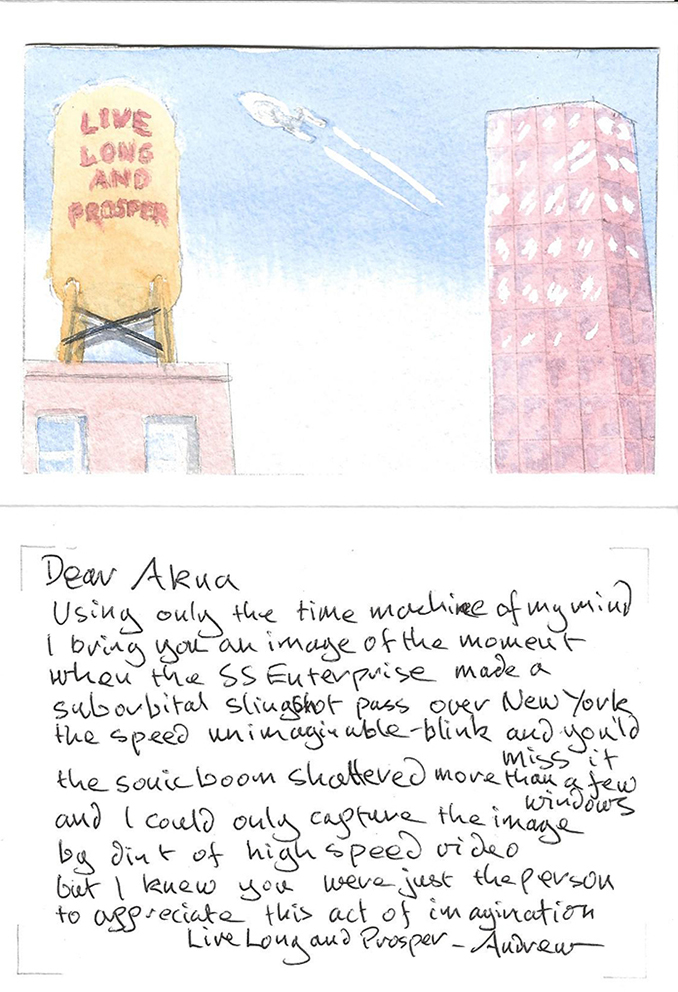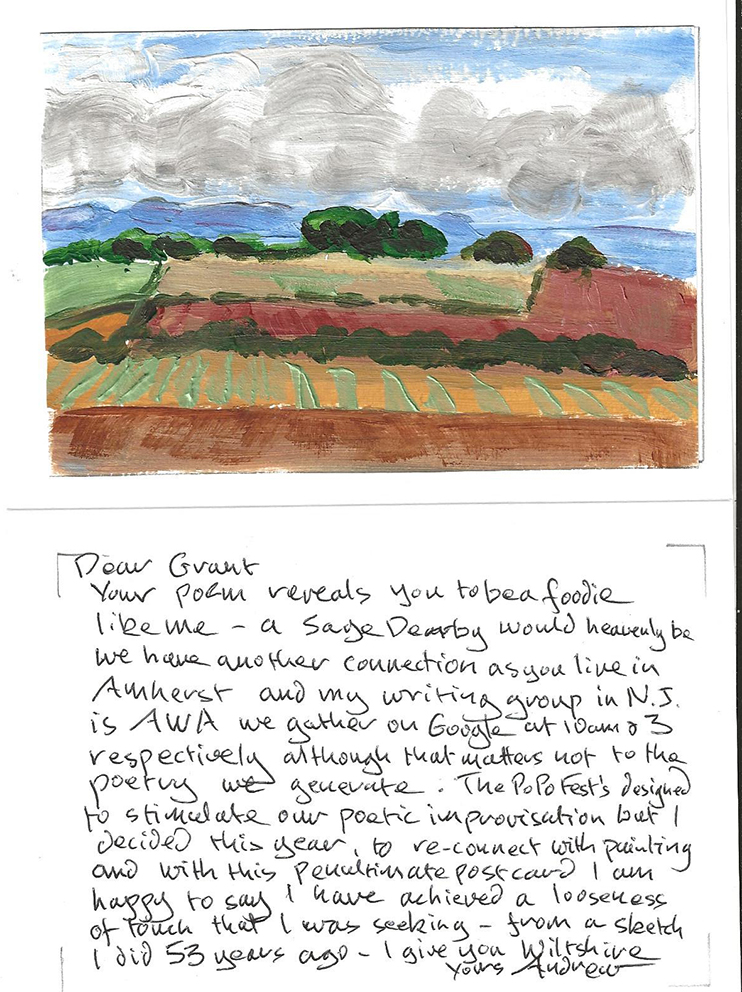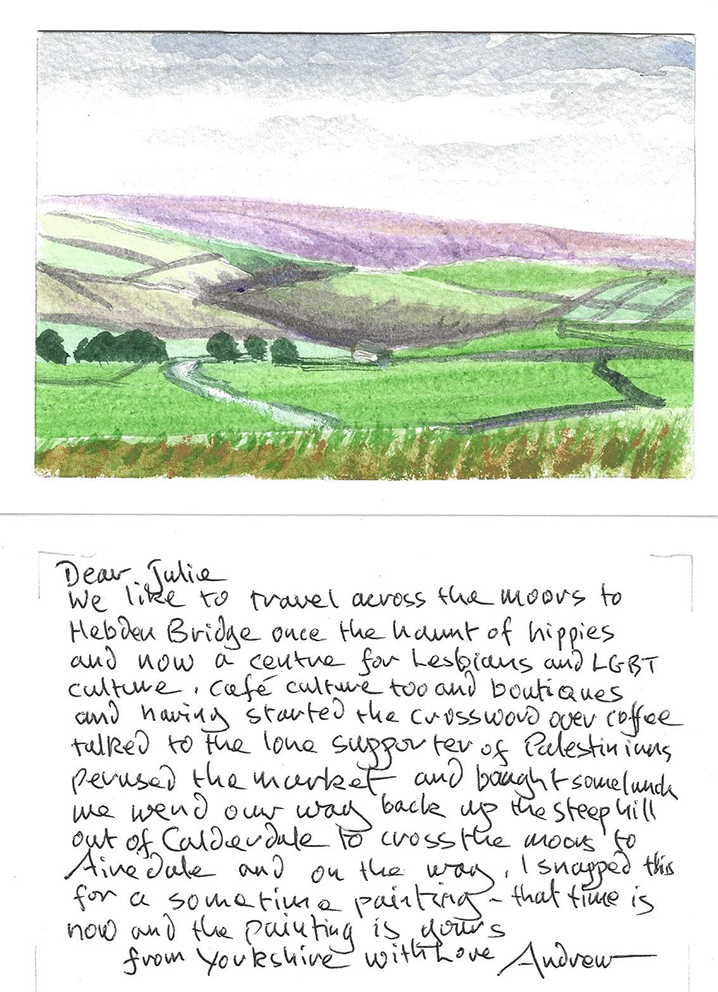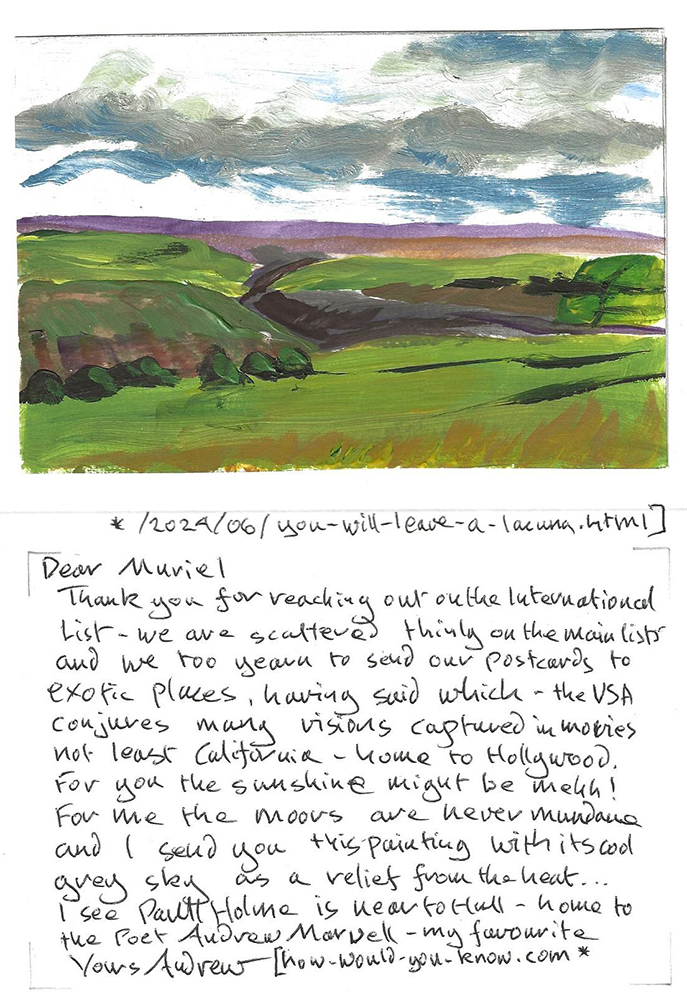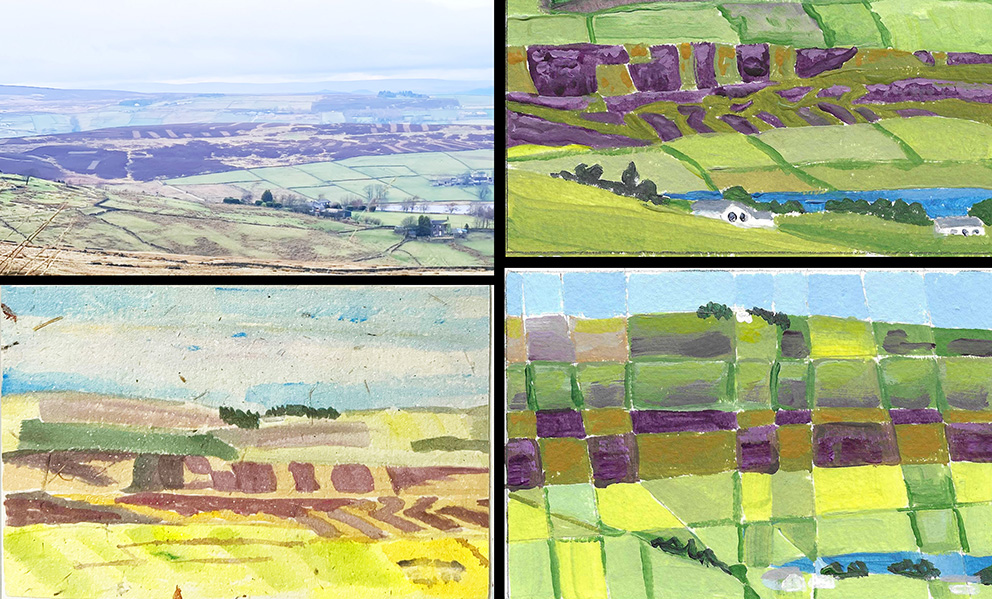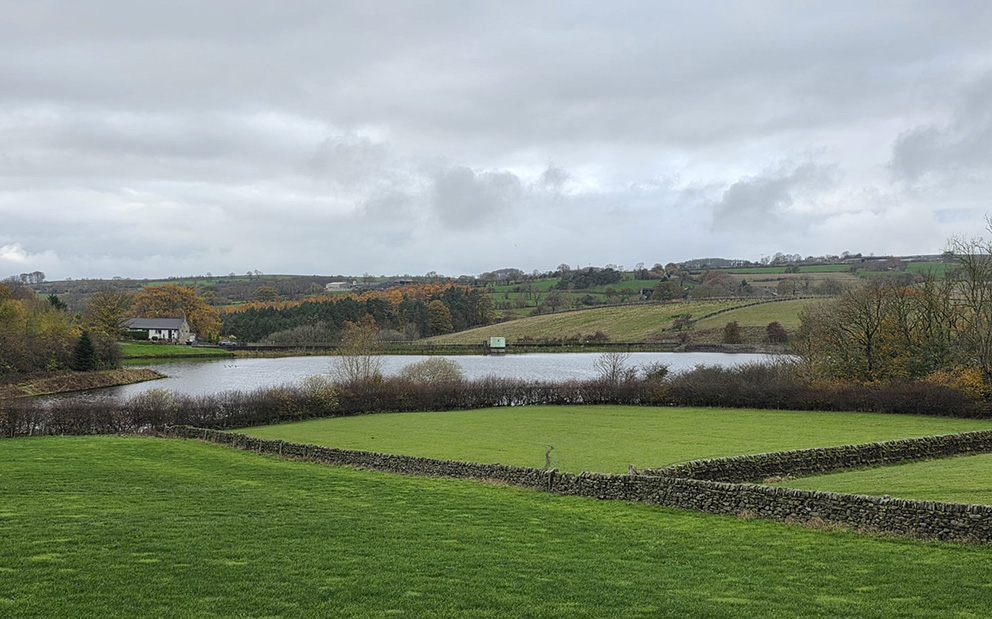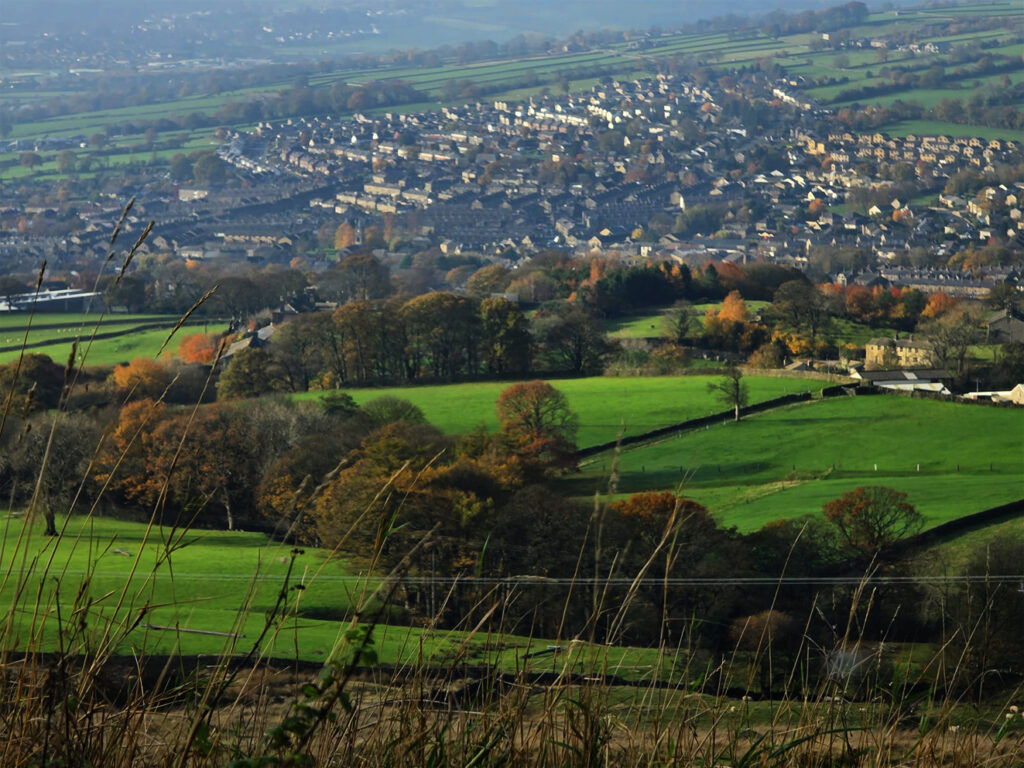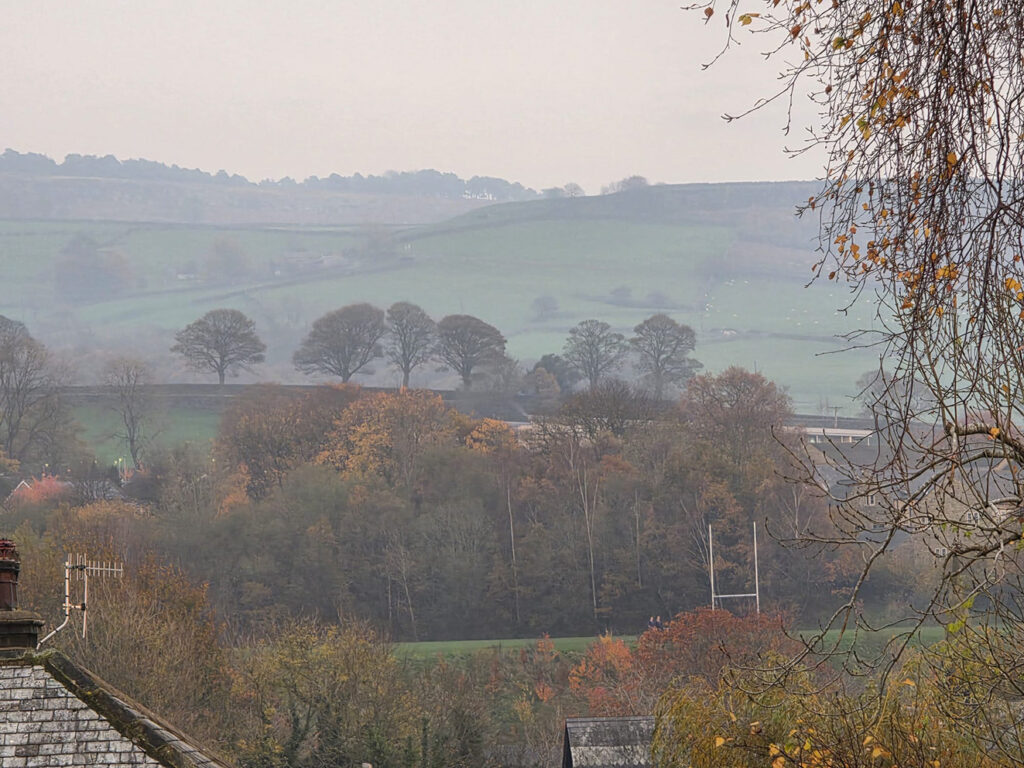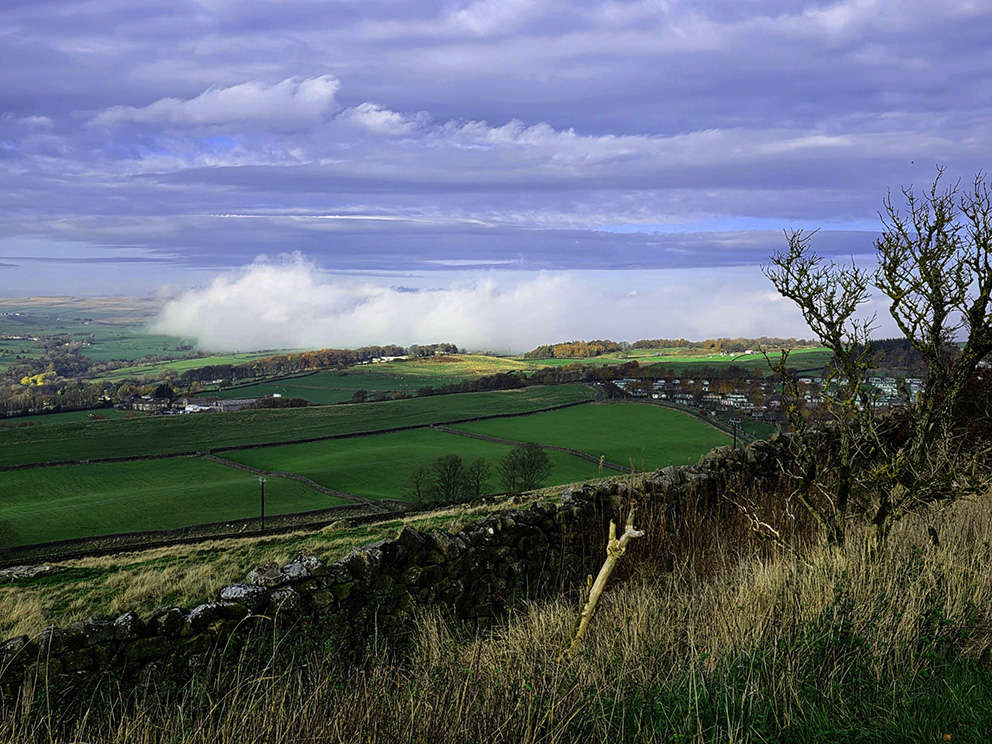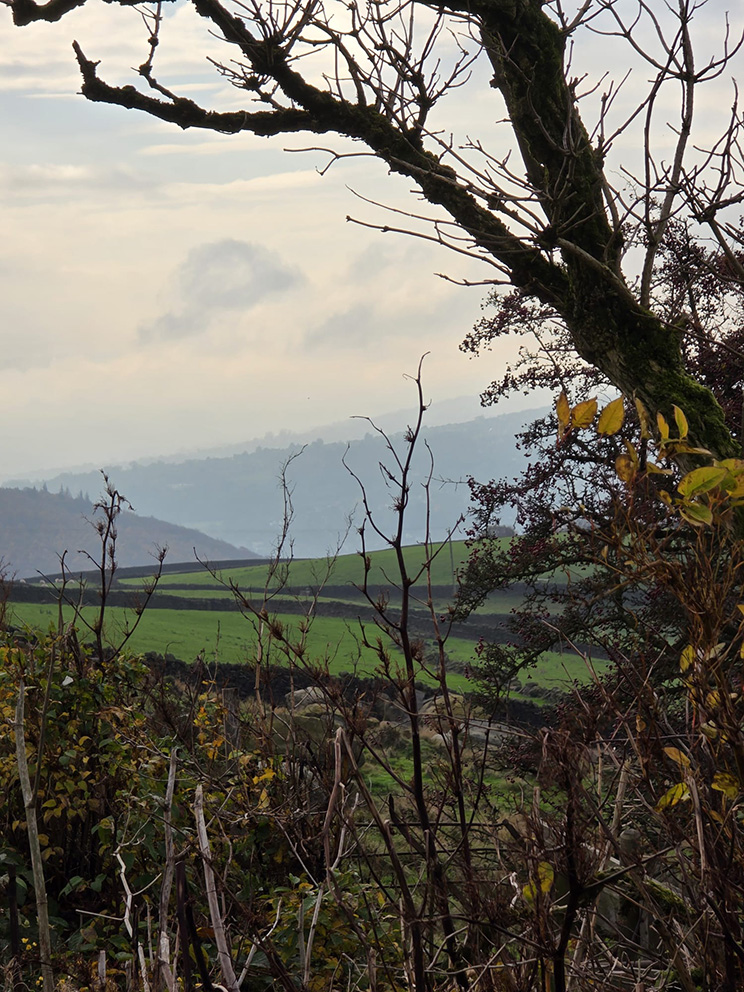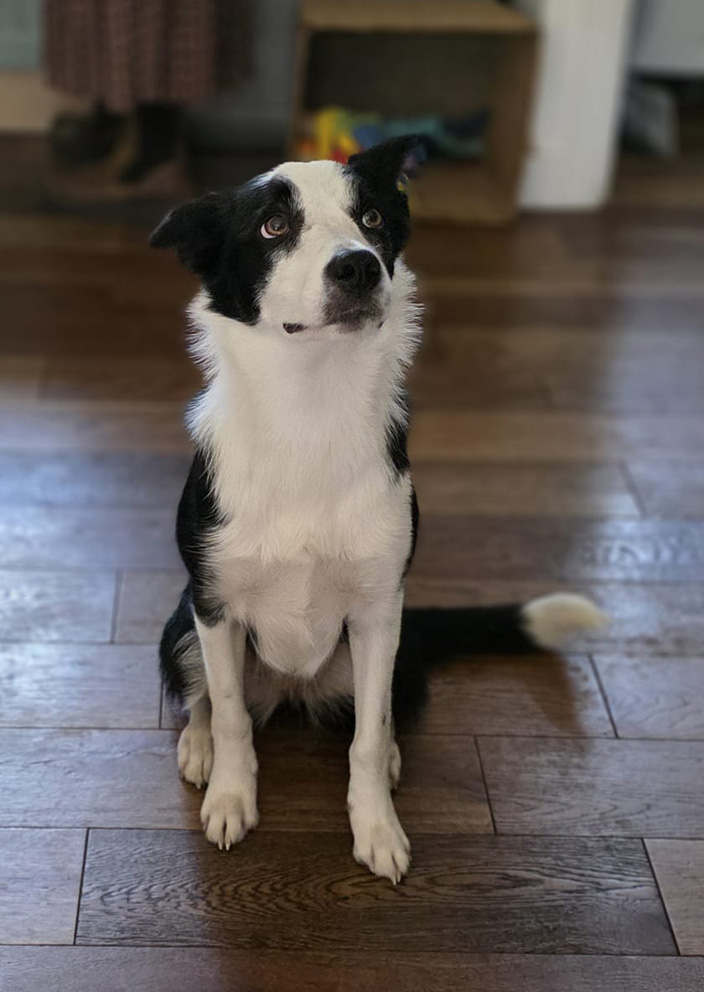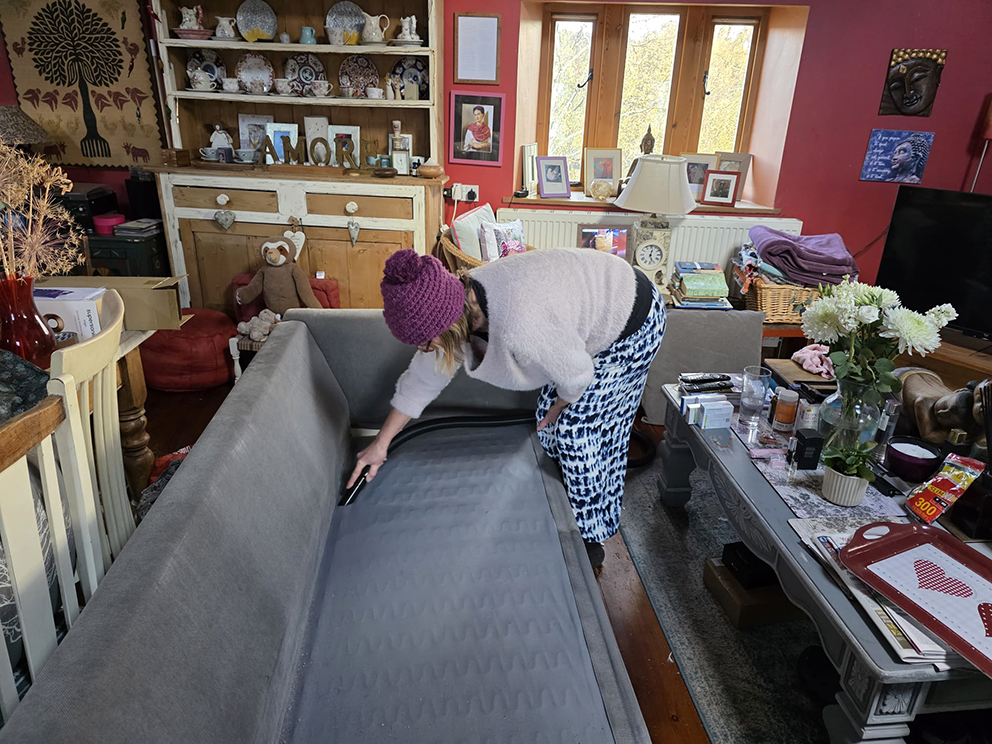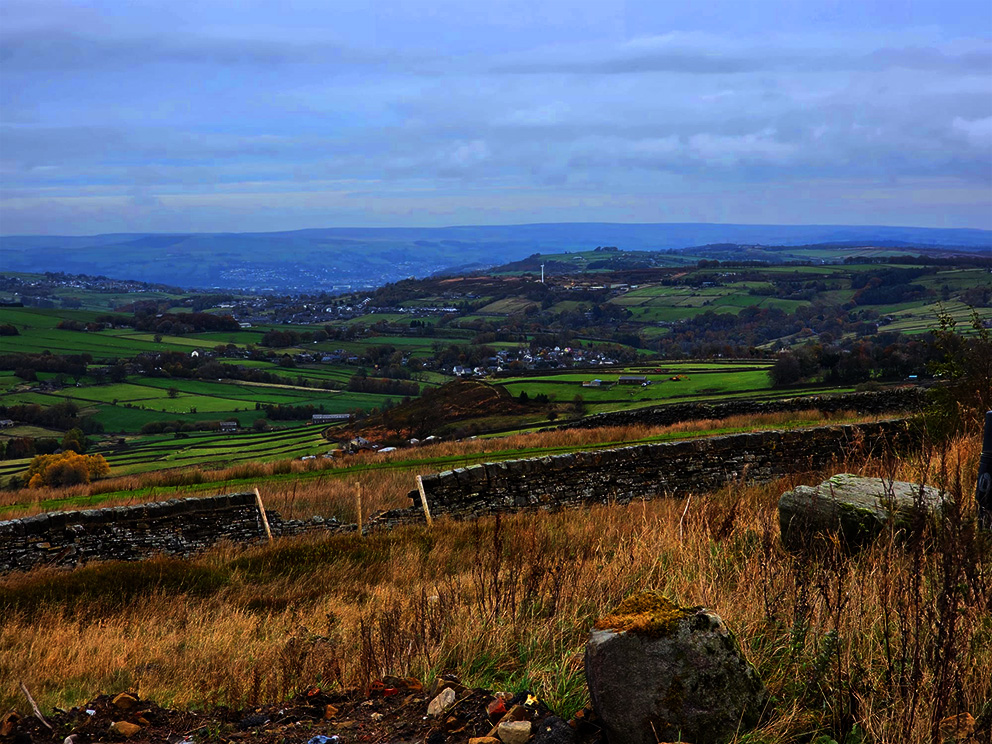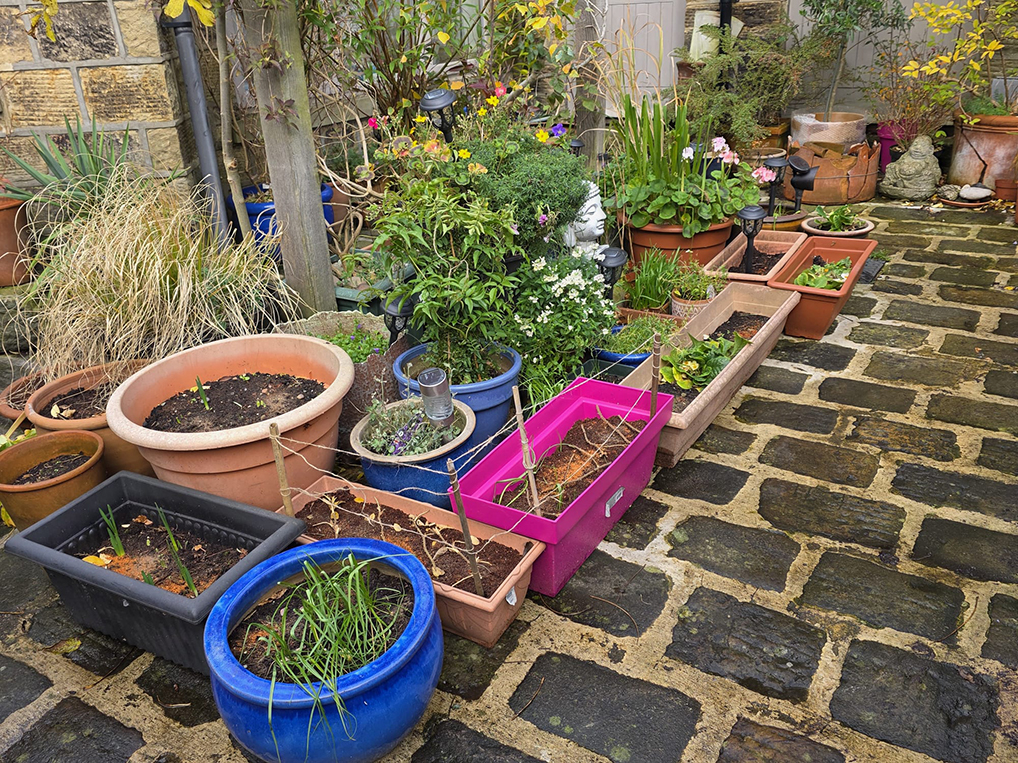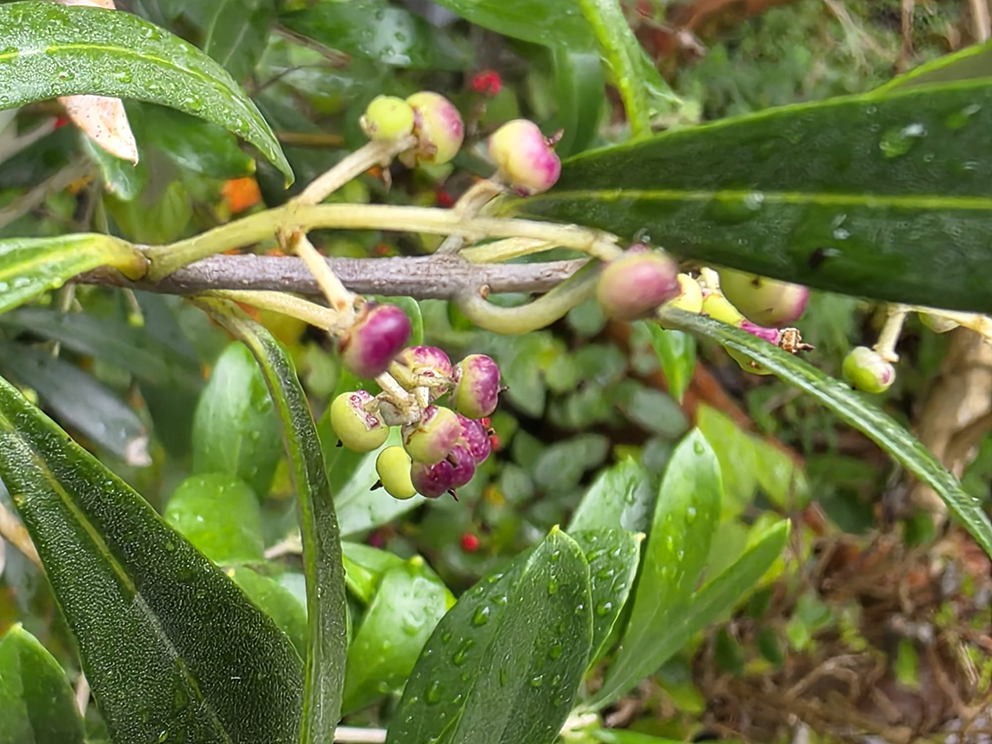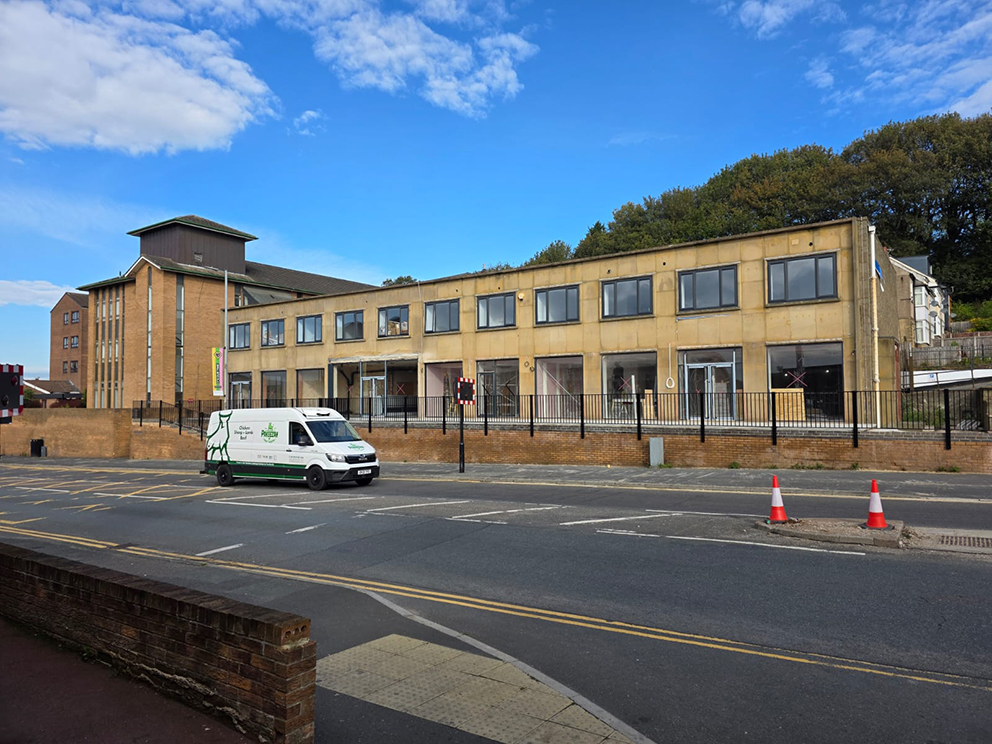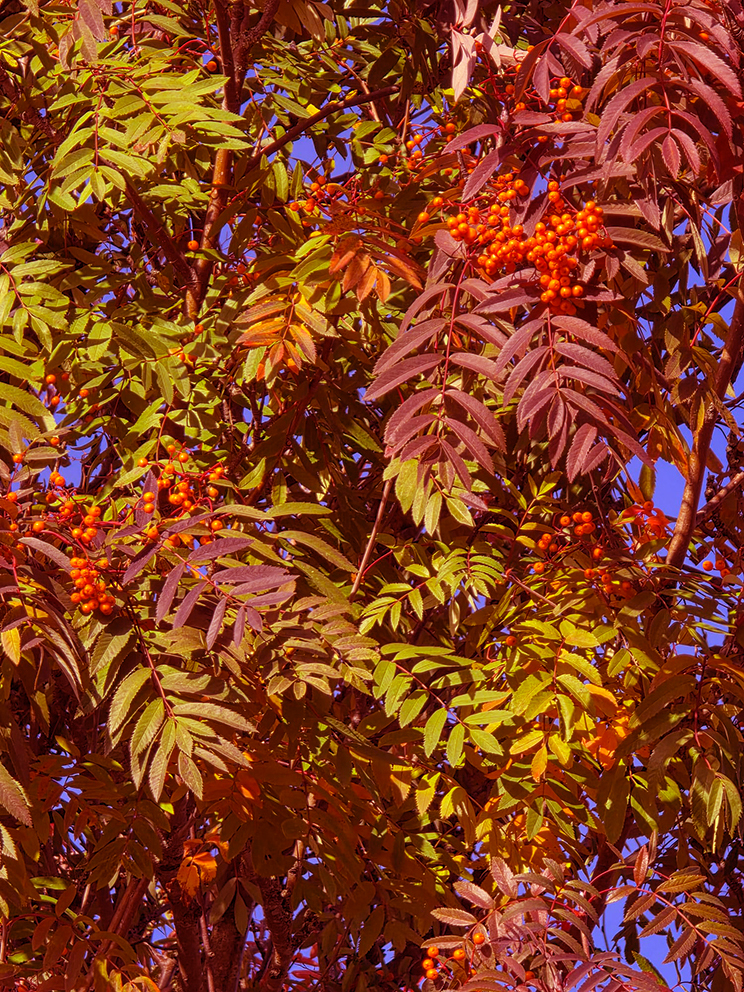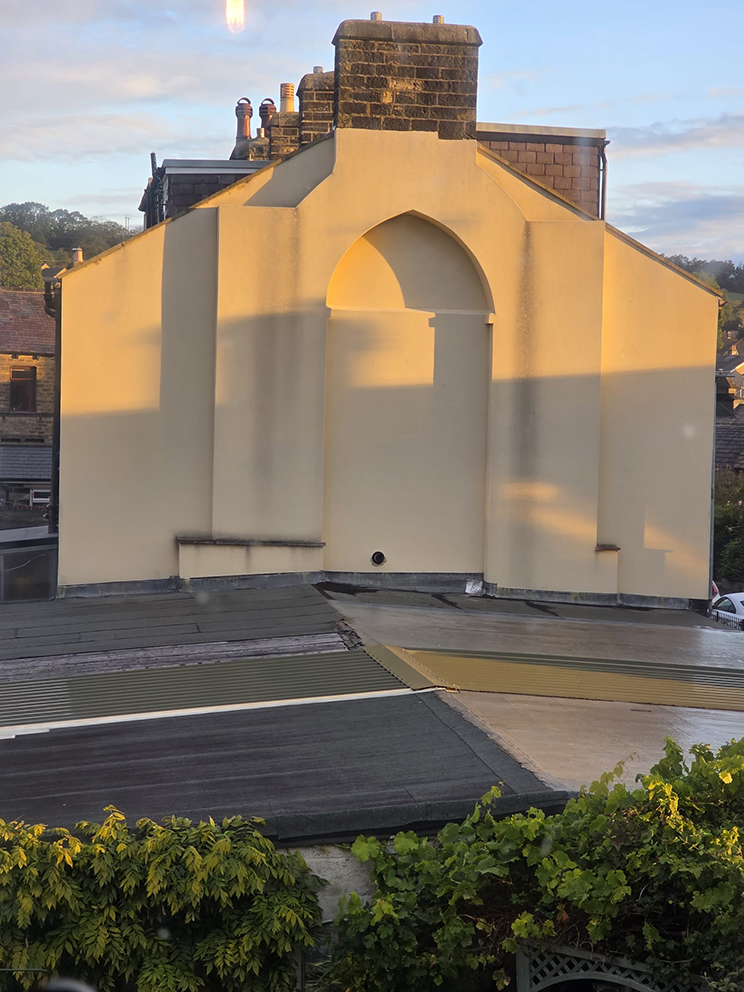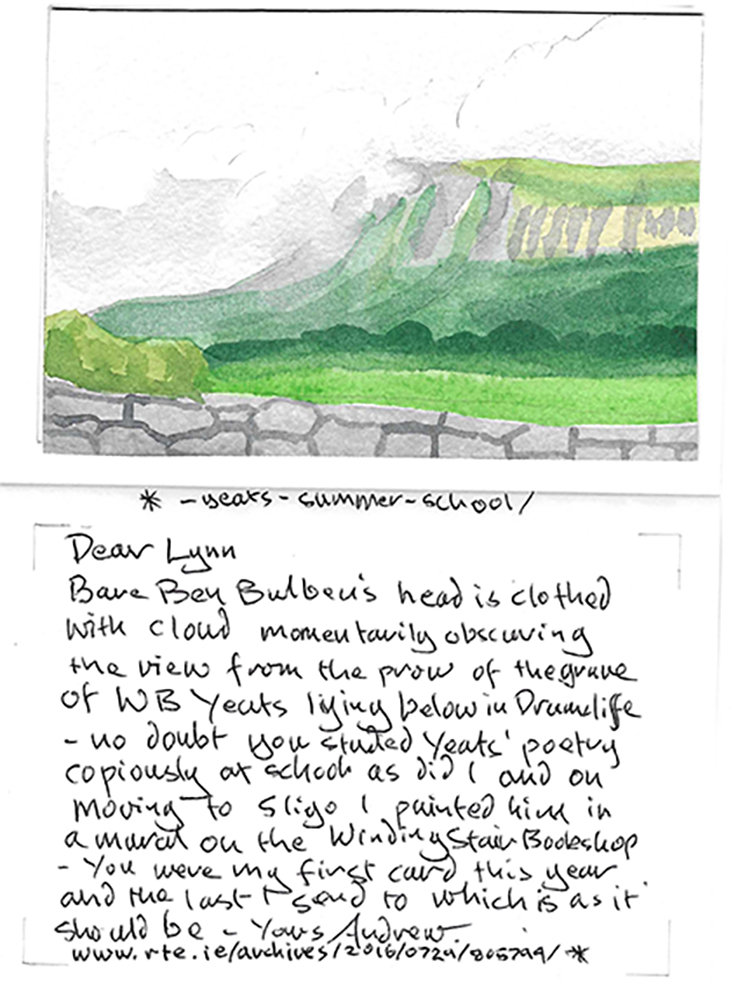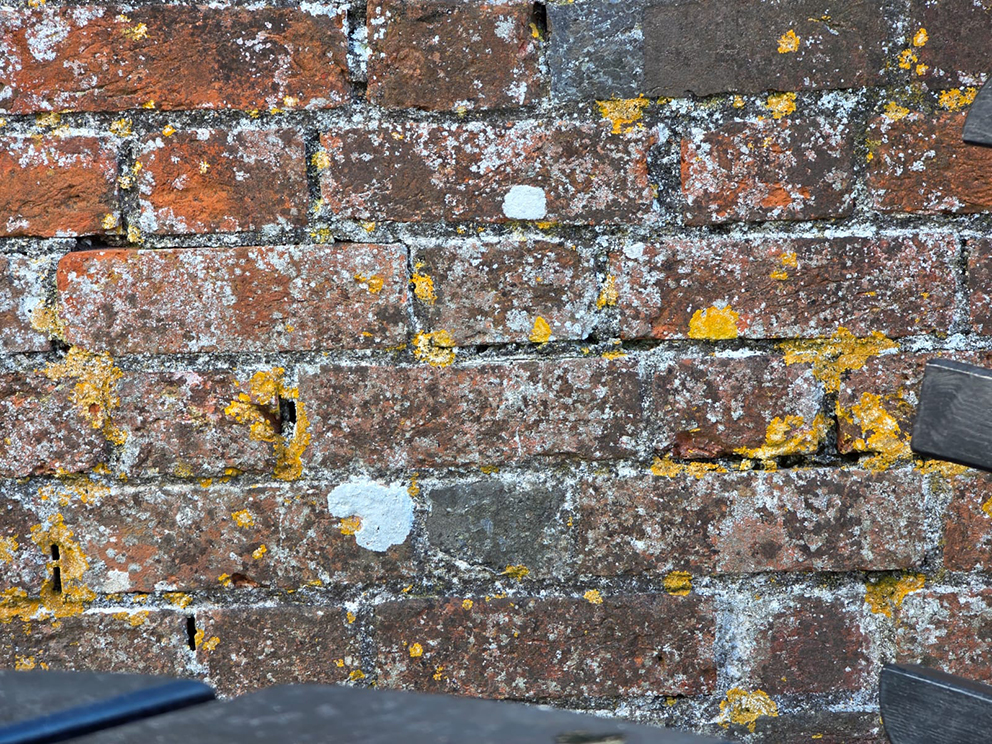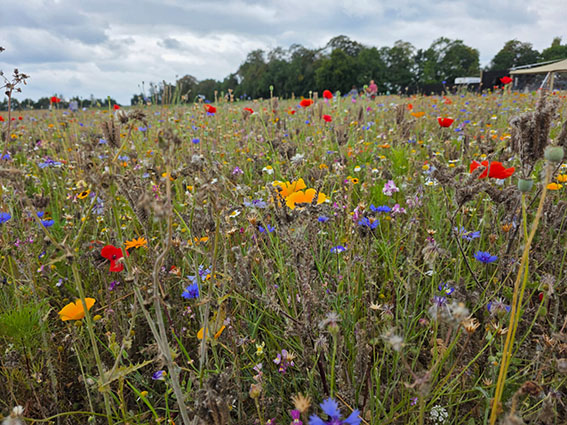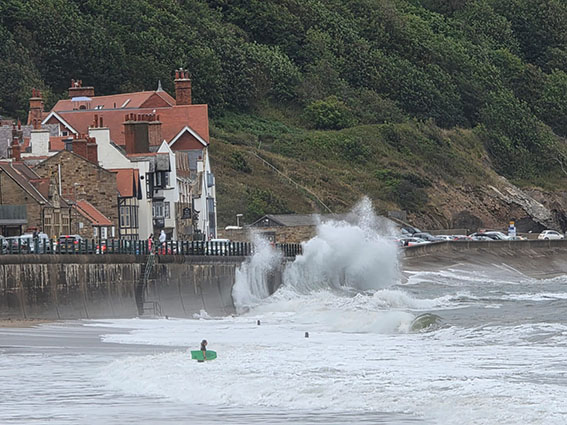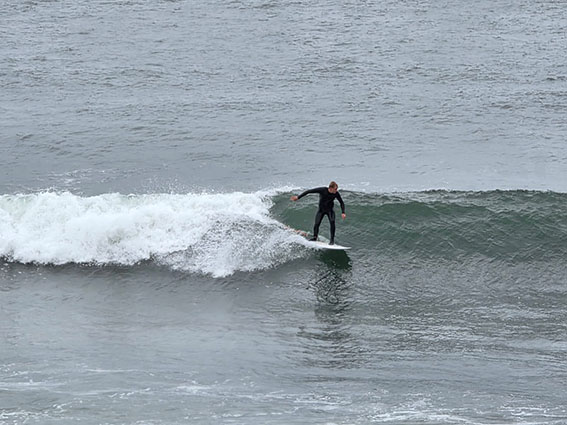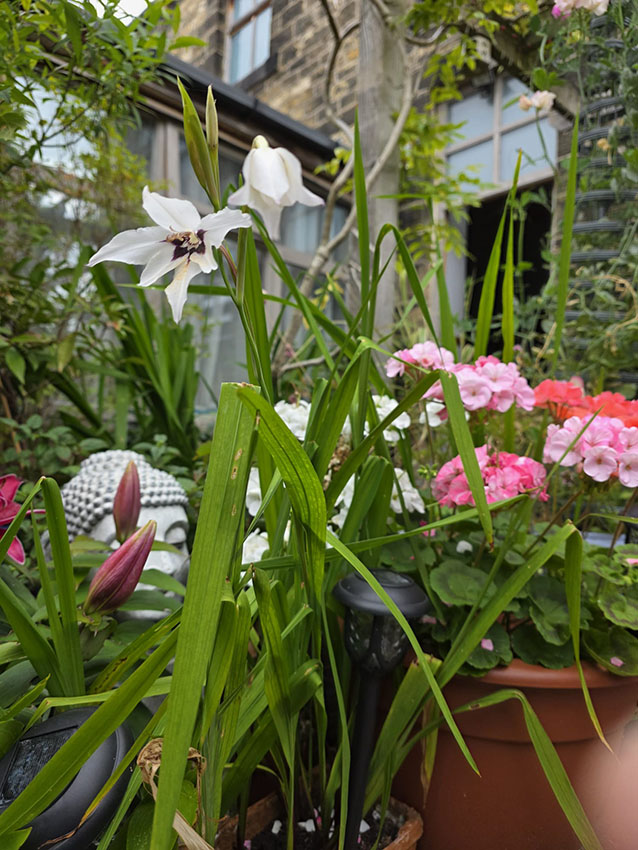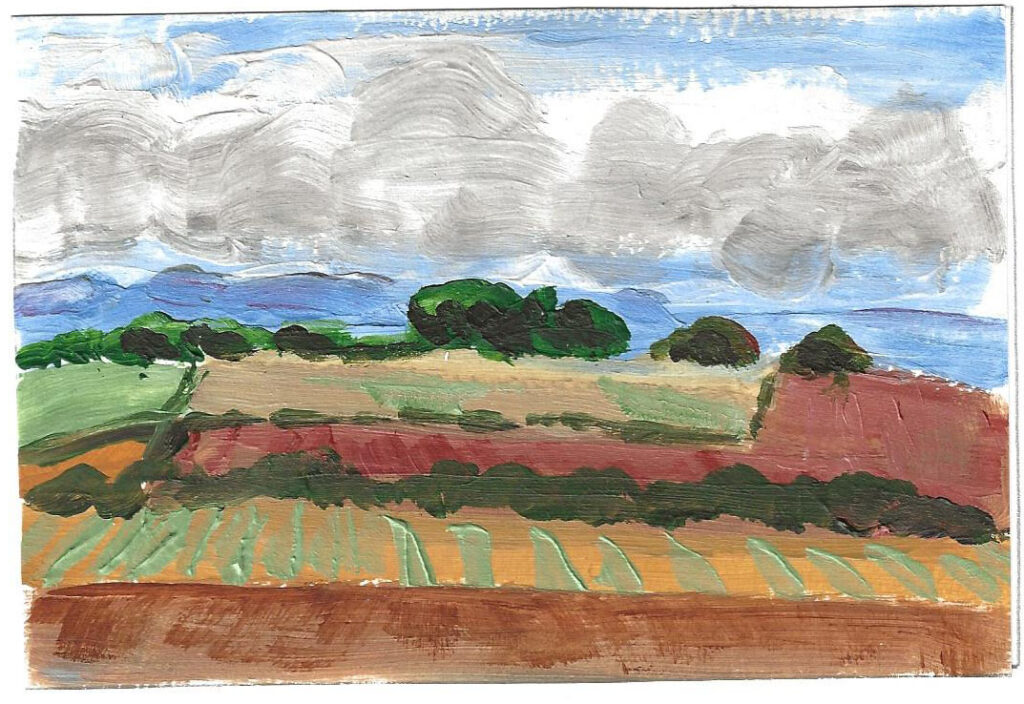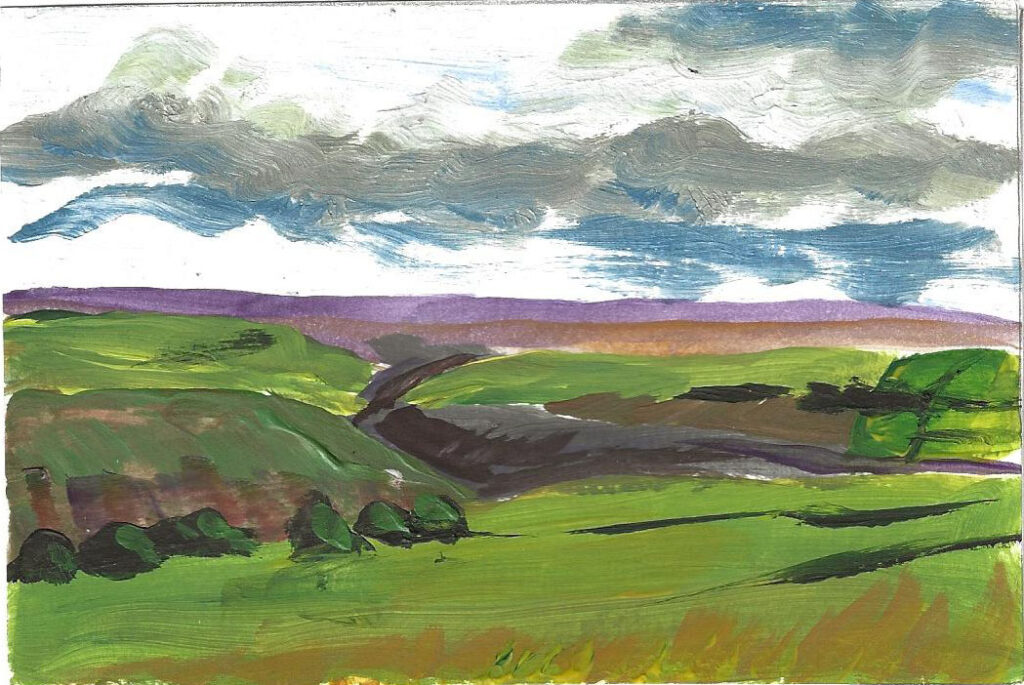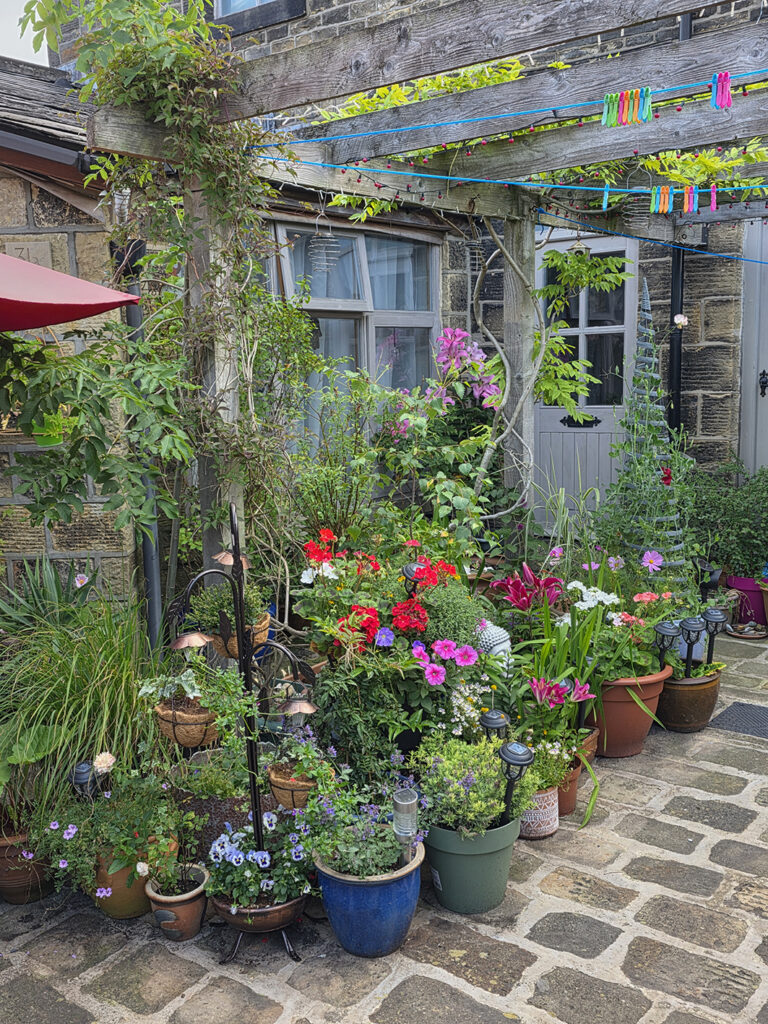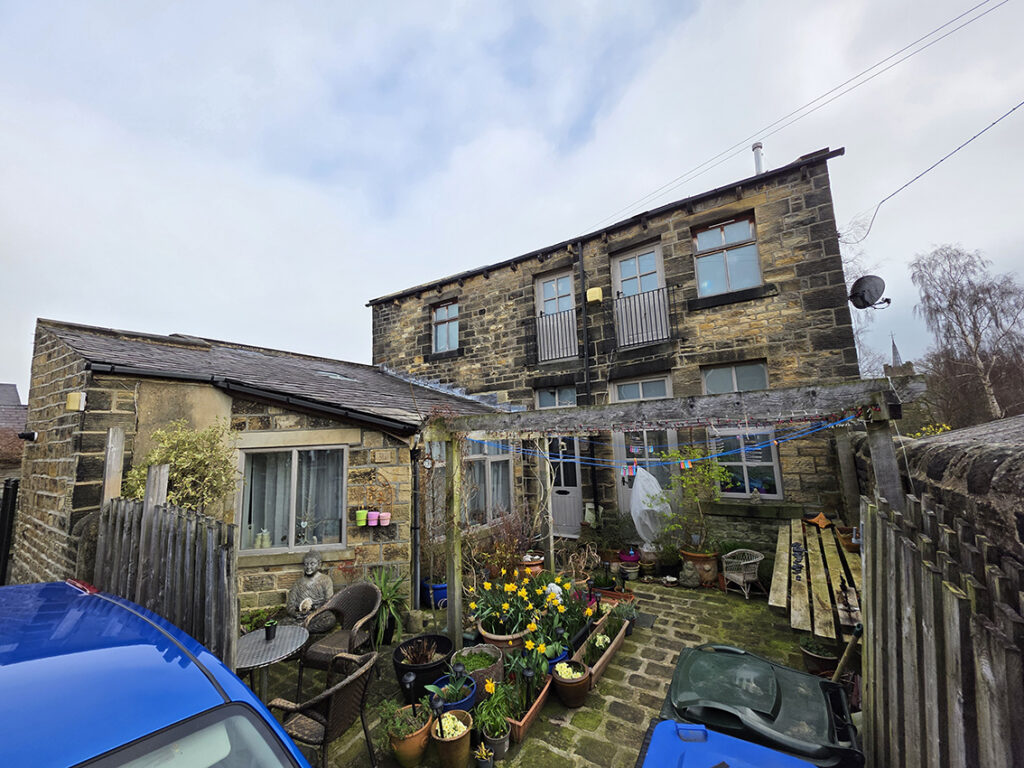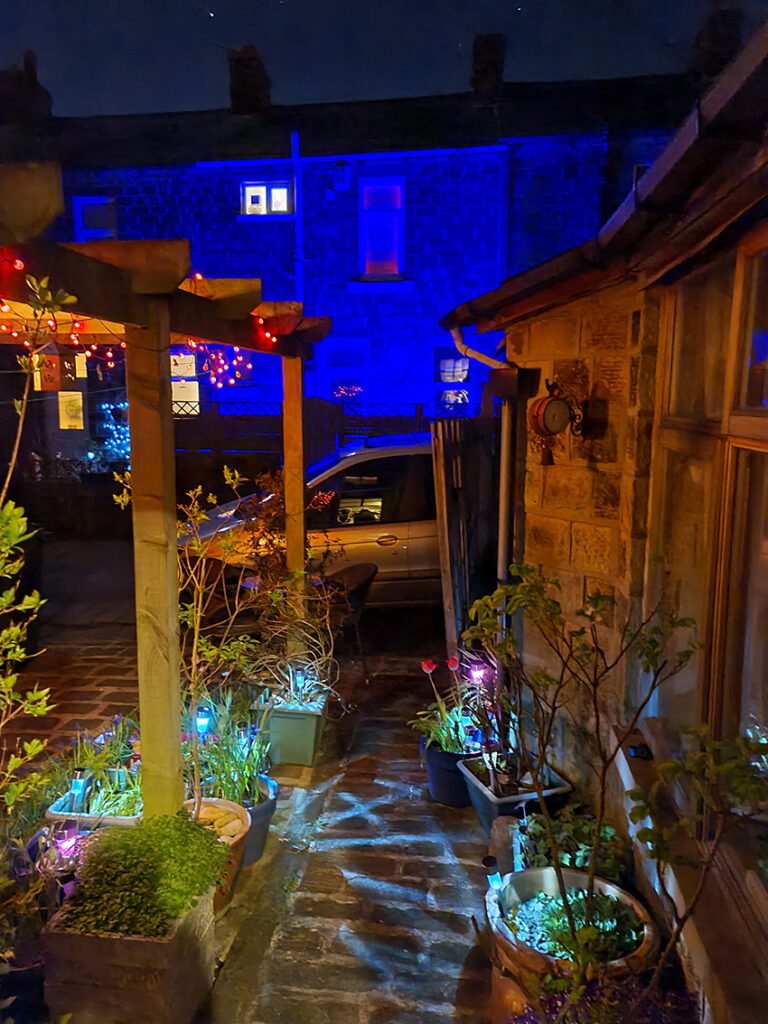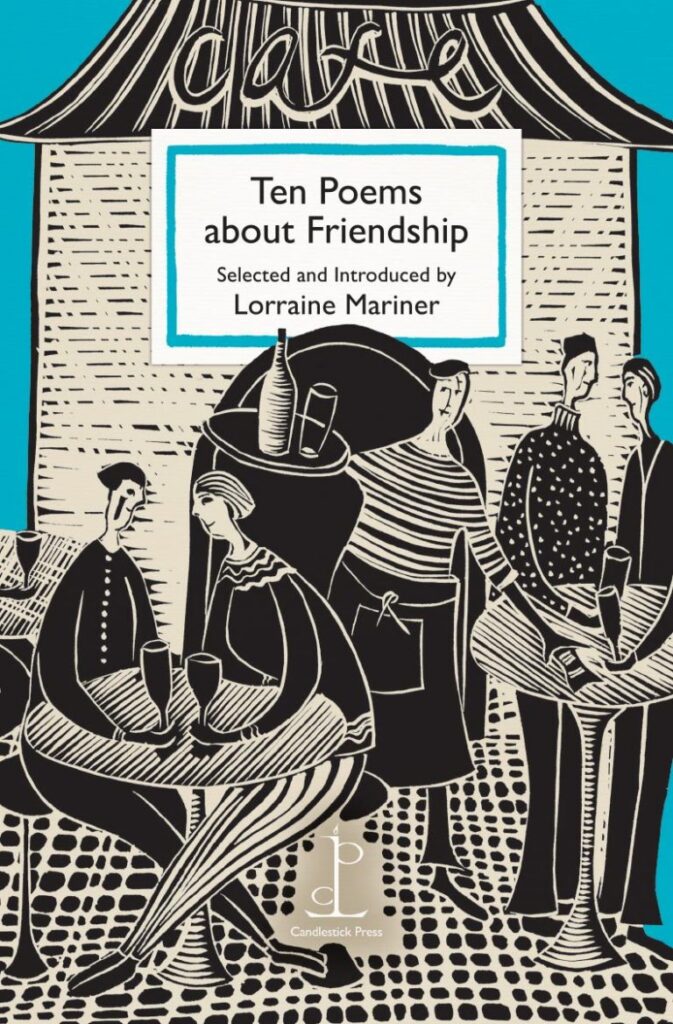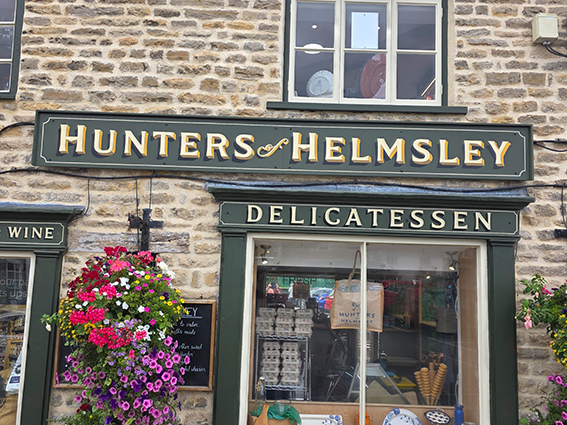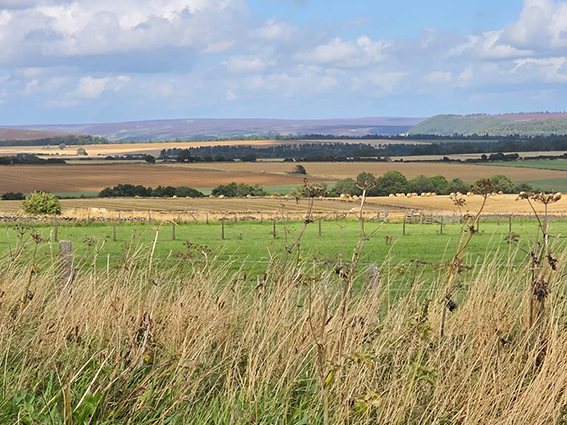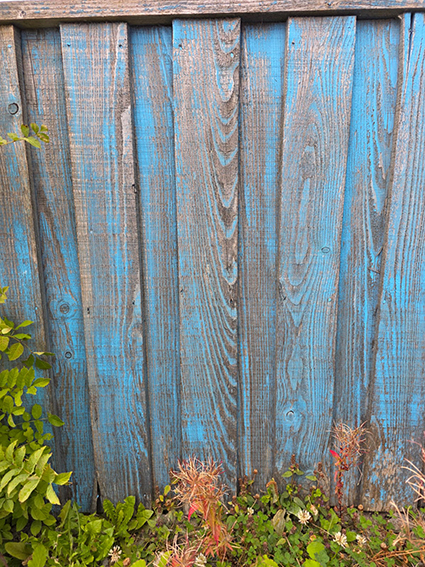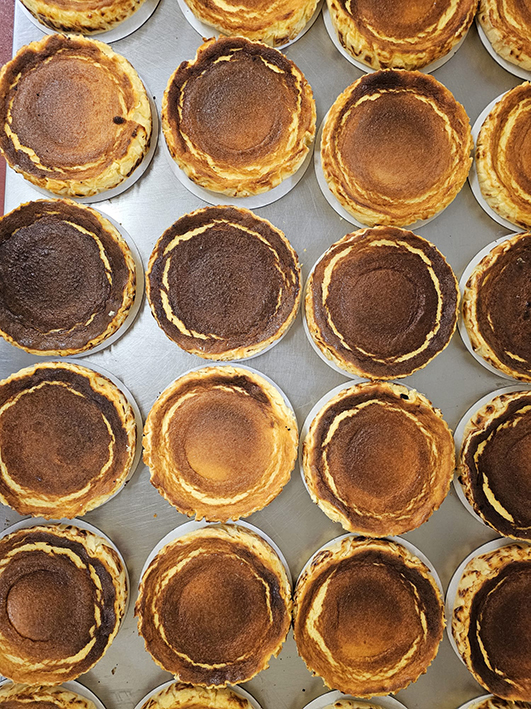The granites and schists of my dark and stubborn country form the bedrock of woe that has lasted a lifetime, just waiting to poke through the drift that was built up in more active days. The strata built of depositing a family, laying down a career, the metamorphosis from one relationship to another and the occasional intrusion or outflow of molten anger or passion, built a land that seemed impregnable. But tears are relentless and oceans rise and fall, cutting into the margins and then came the ice age of retirement, the weight of ice depressing the whole and stripping all away except that bedrock and leaving even that, scarred and scratched, rounded into the low hills of the bed where I lay and even the black dog has no energy to venture out on the soggy moors that cover the degraded granite hills.
© Andrew Wilson, 2025
“The granites and schists
Of my dark and stubborn country.”
–Nan Shepherd, “The Hill Burns”
from In the Cairngorms (Edinburgh: The Moray Press, 1934)
Over at dVerse Poets Pub, merrildsmith in Prosery, invites us to write a piece of prose poetry in no more than 144 words and using the given quote above. I should say that the subject of this piece is not my experience but that of someone close to me. As a student of Geology (and Geography) I am aware that Scotland, which is where you find the Cairngorms, has had a remarkable persistence through many geological ages and each age has added layers which may subsequently been removed in another geological age – I am not sure whether this does not give an ultimately optimistic view of things even if it requires a timescale in which we humans may turn out to be but a flash in the pan. Anyway, a metaphor suggested itself with this prompt… I hope it does not bring anyone down…







